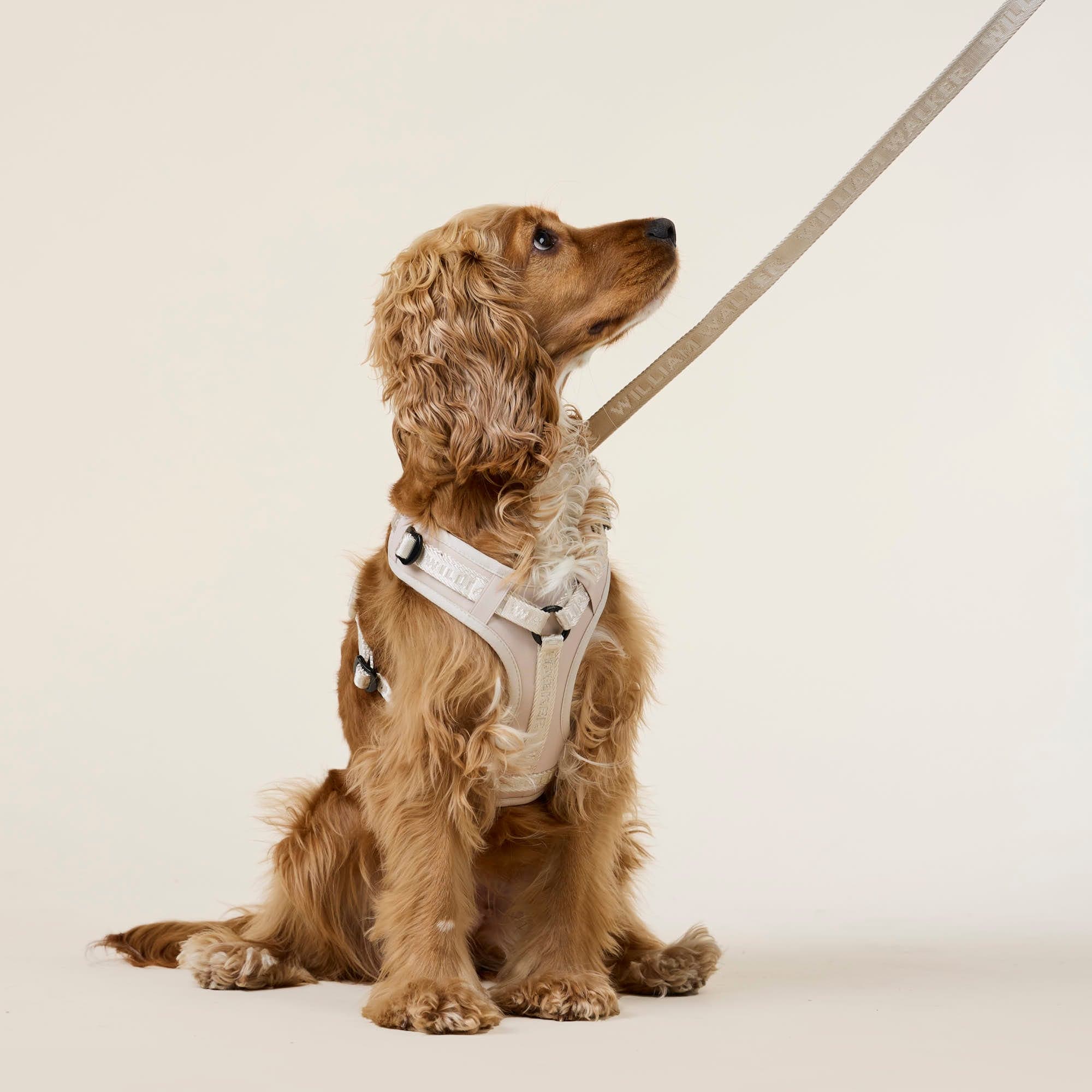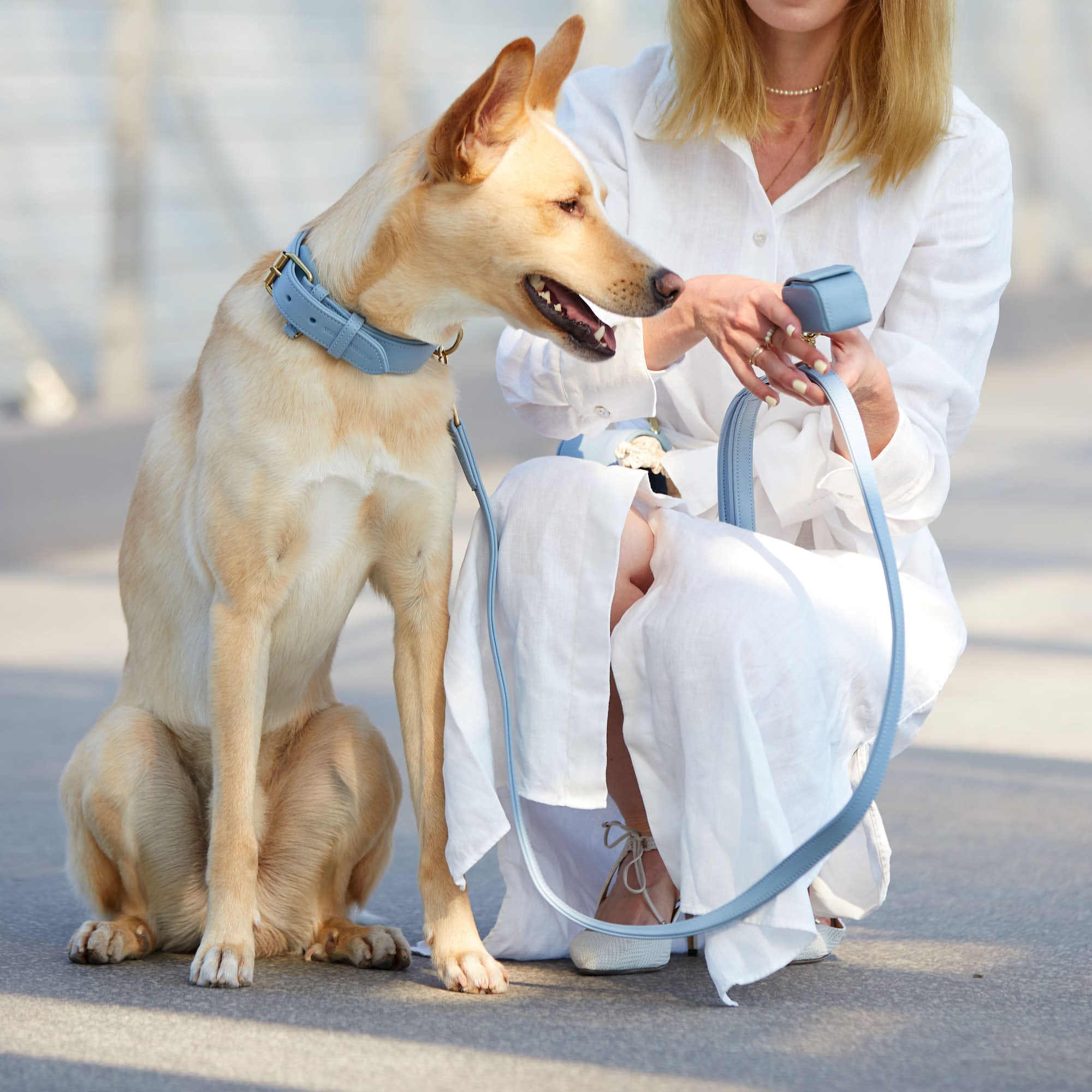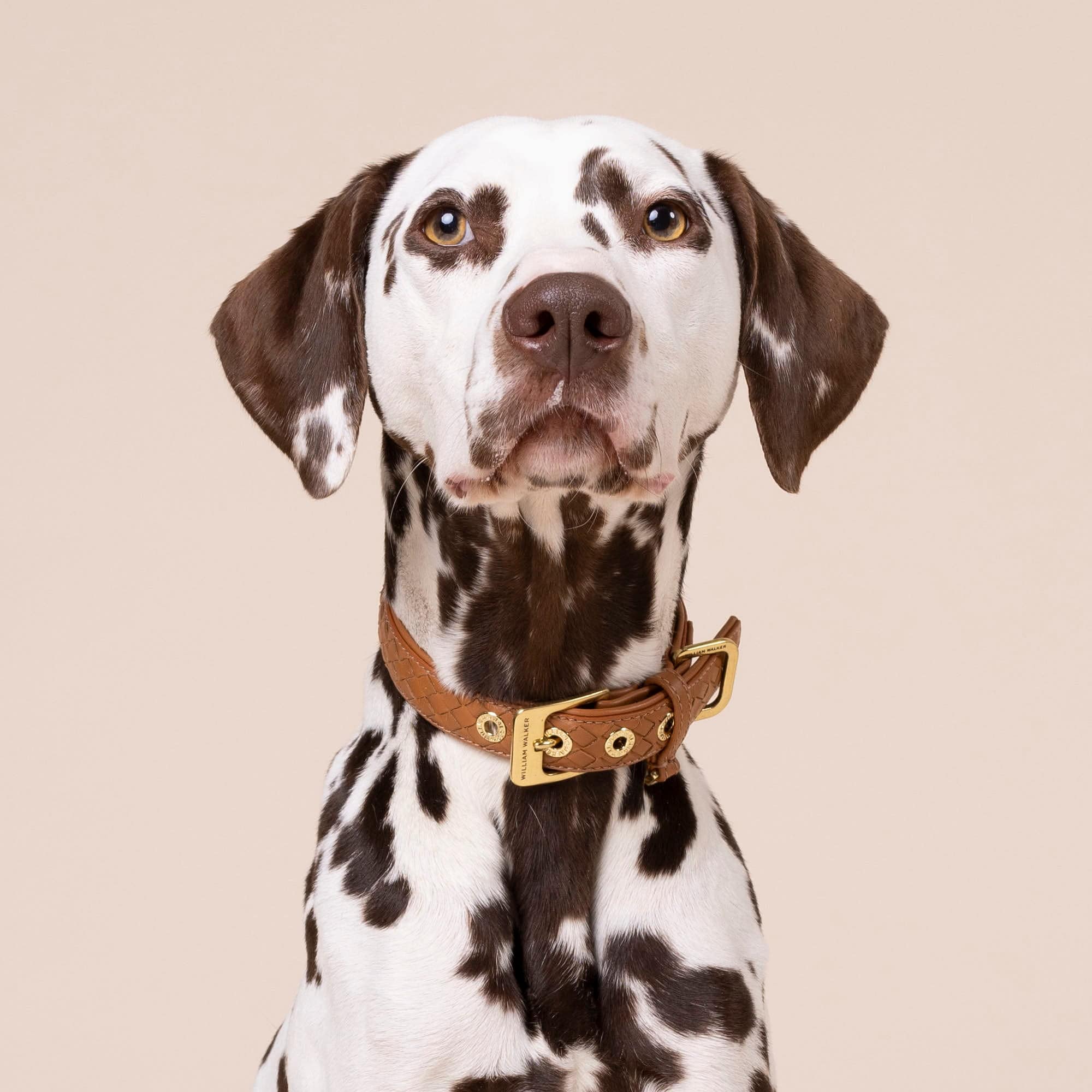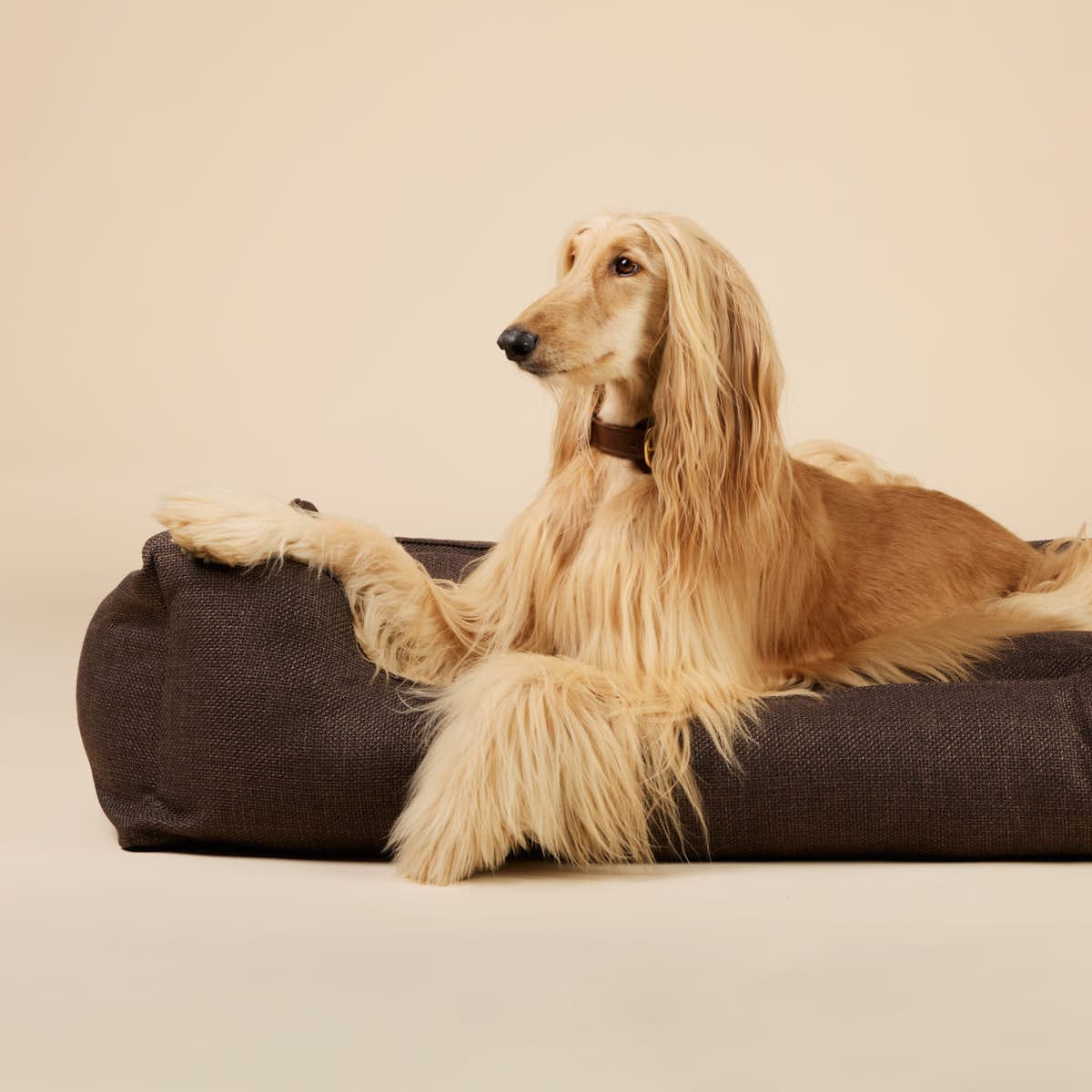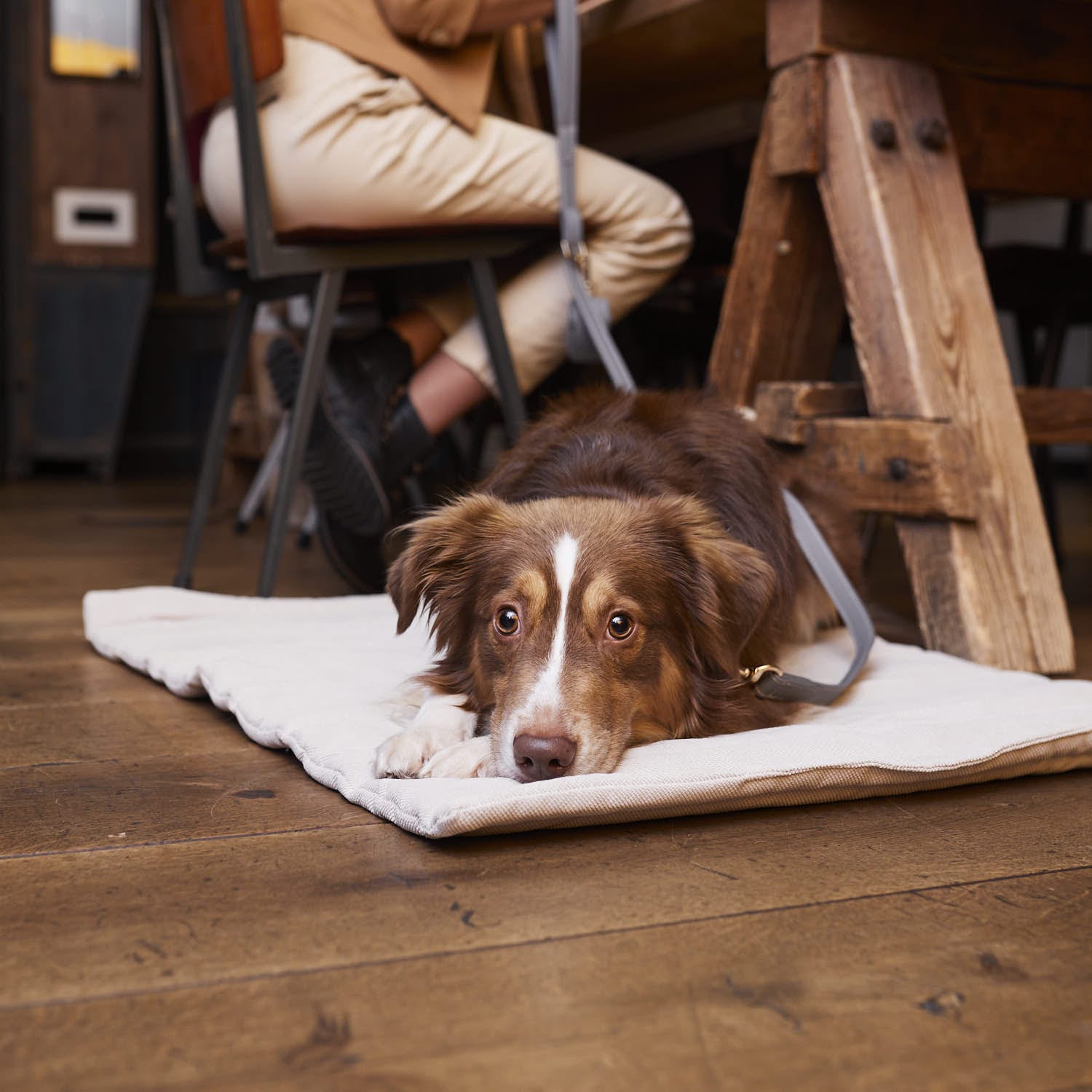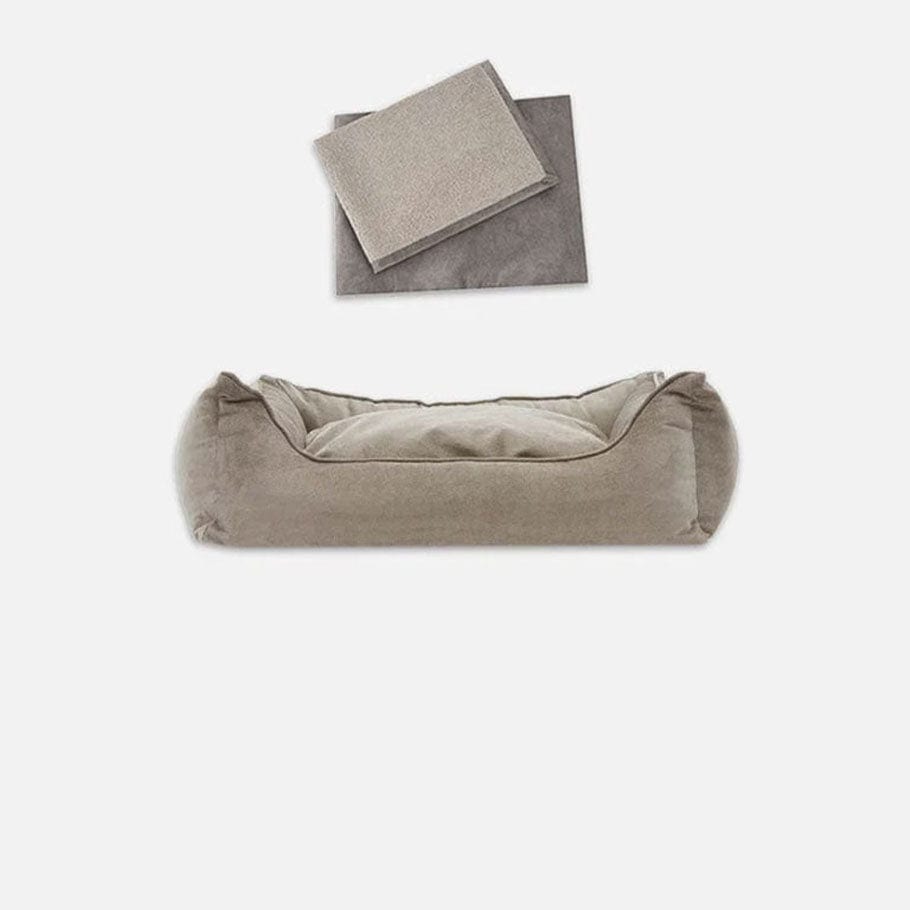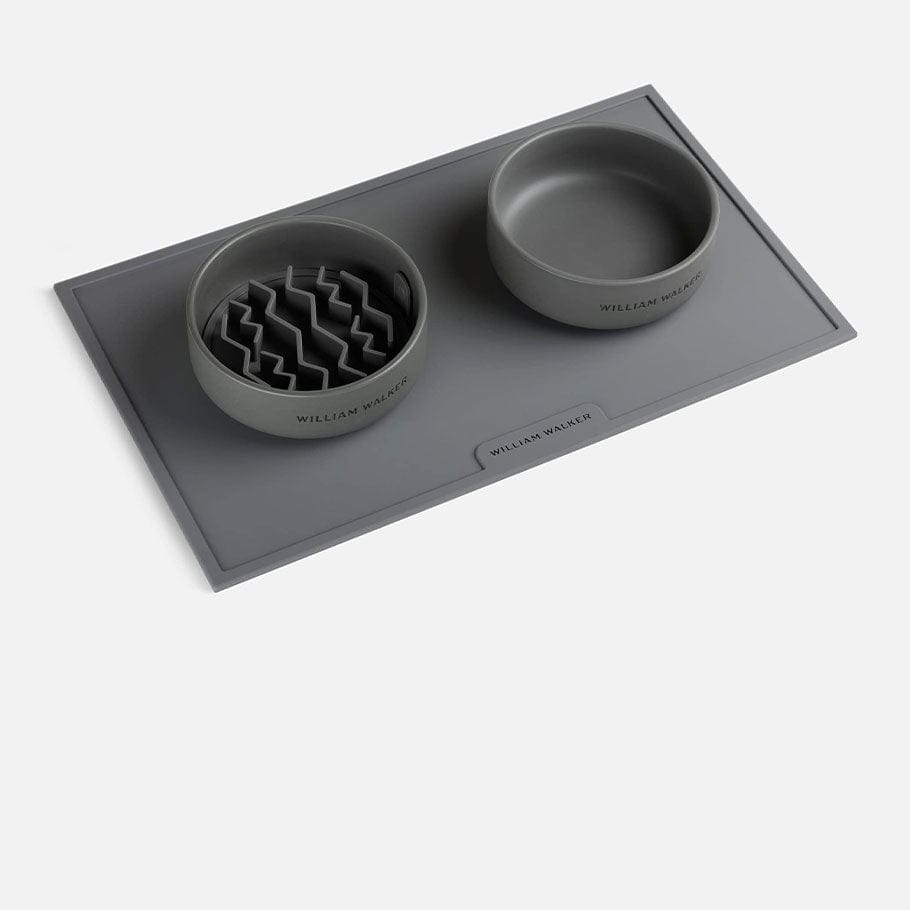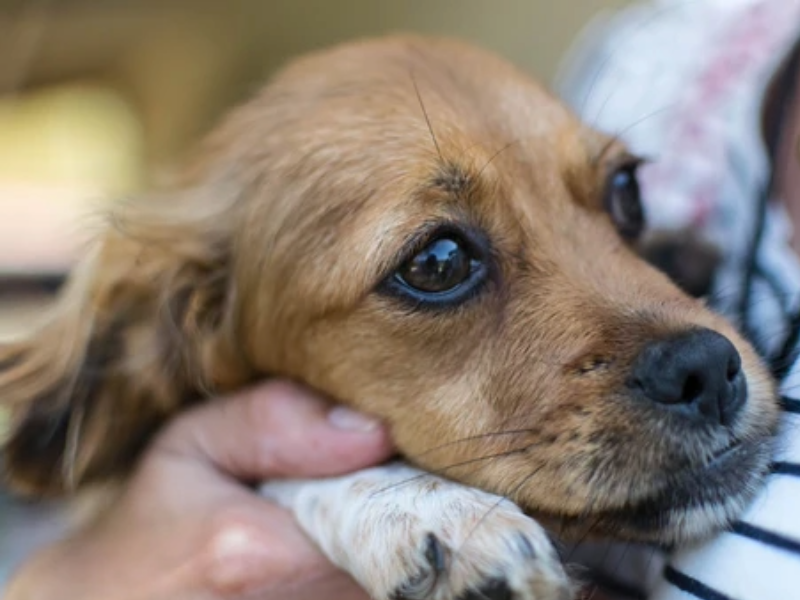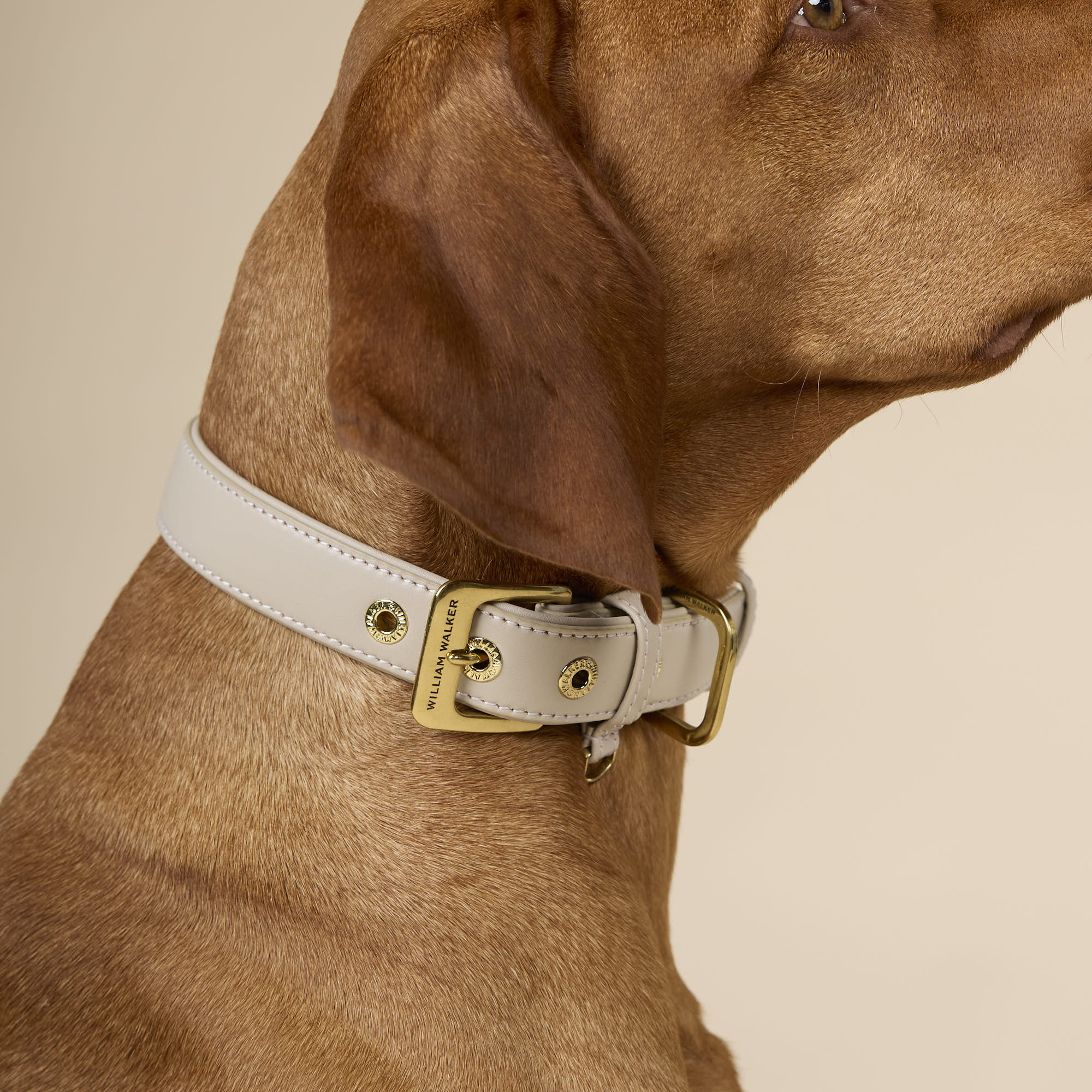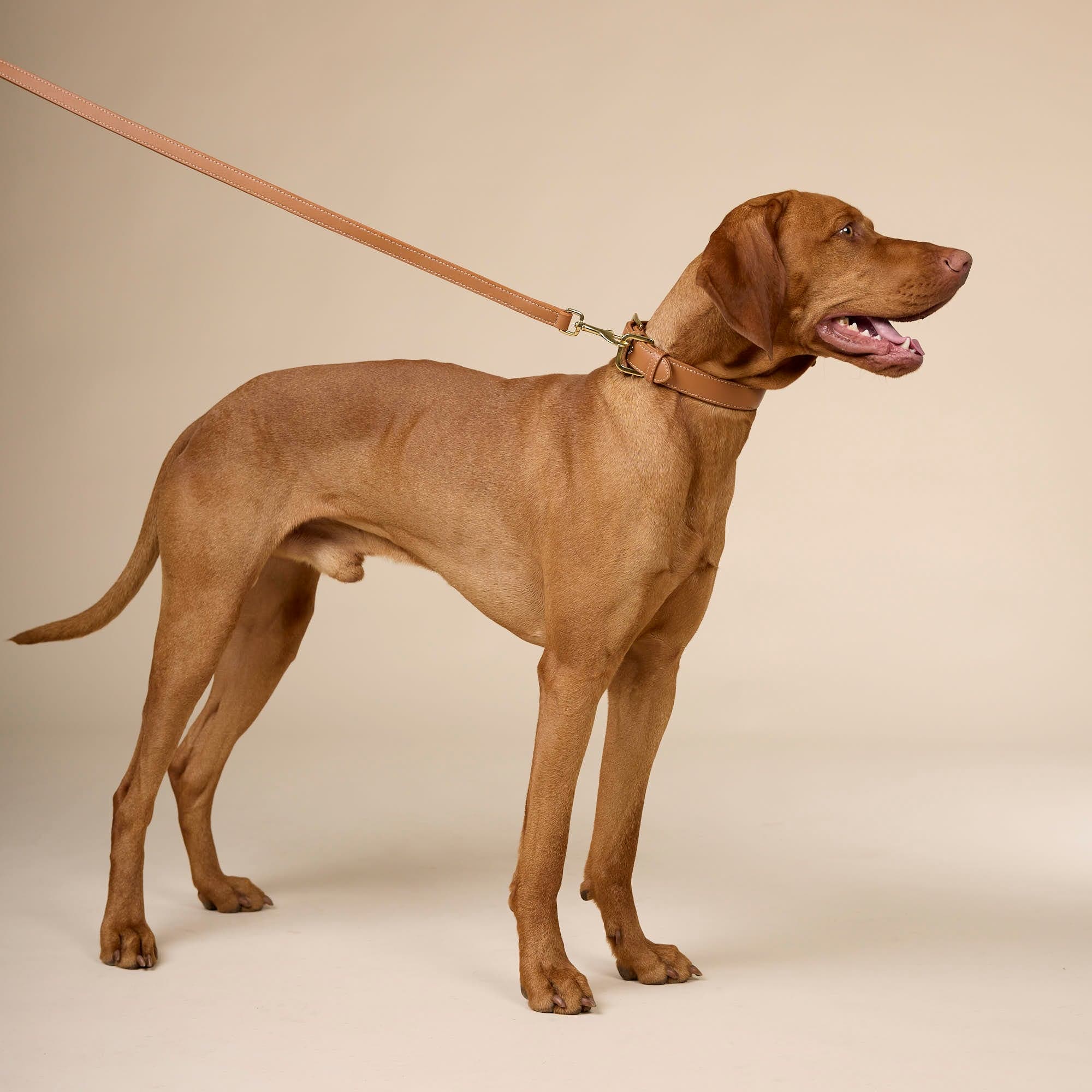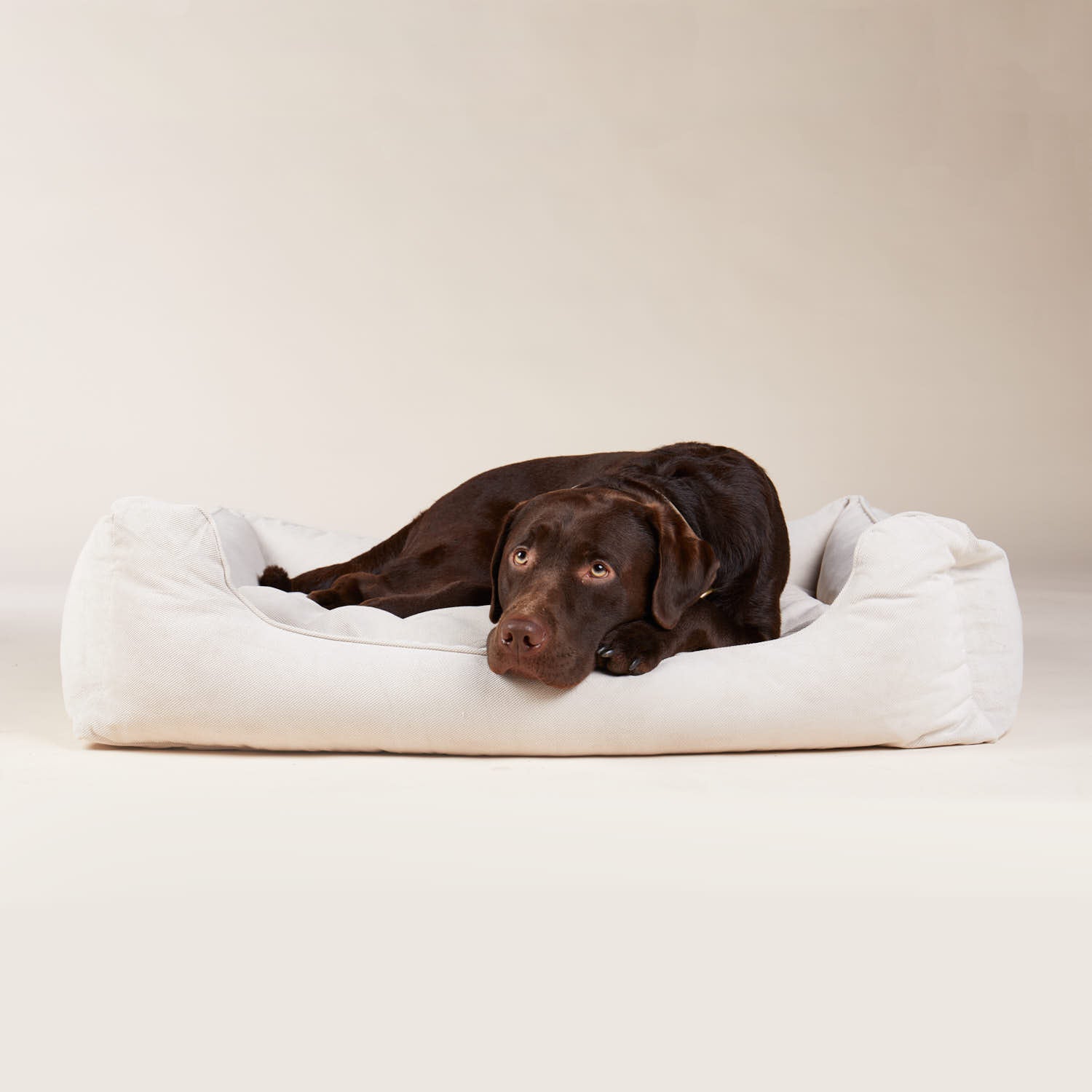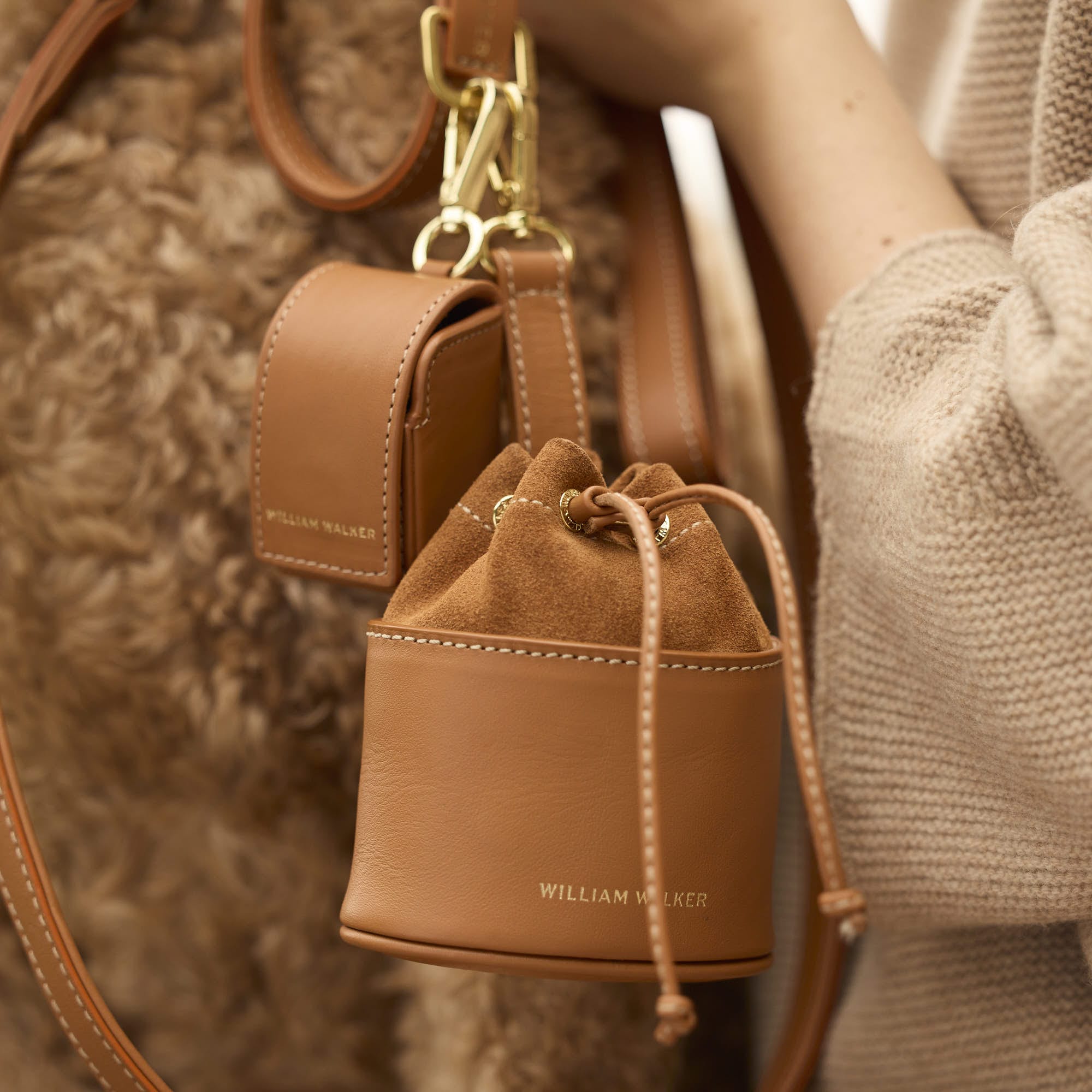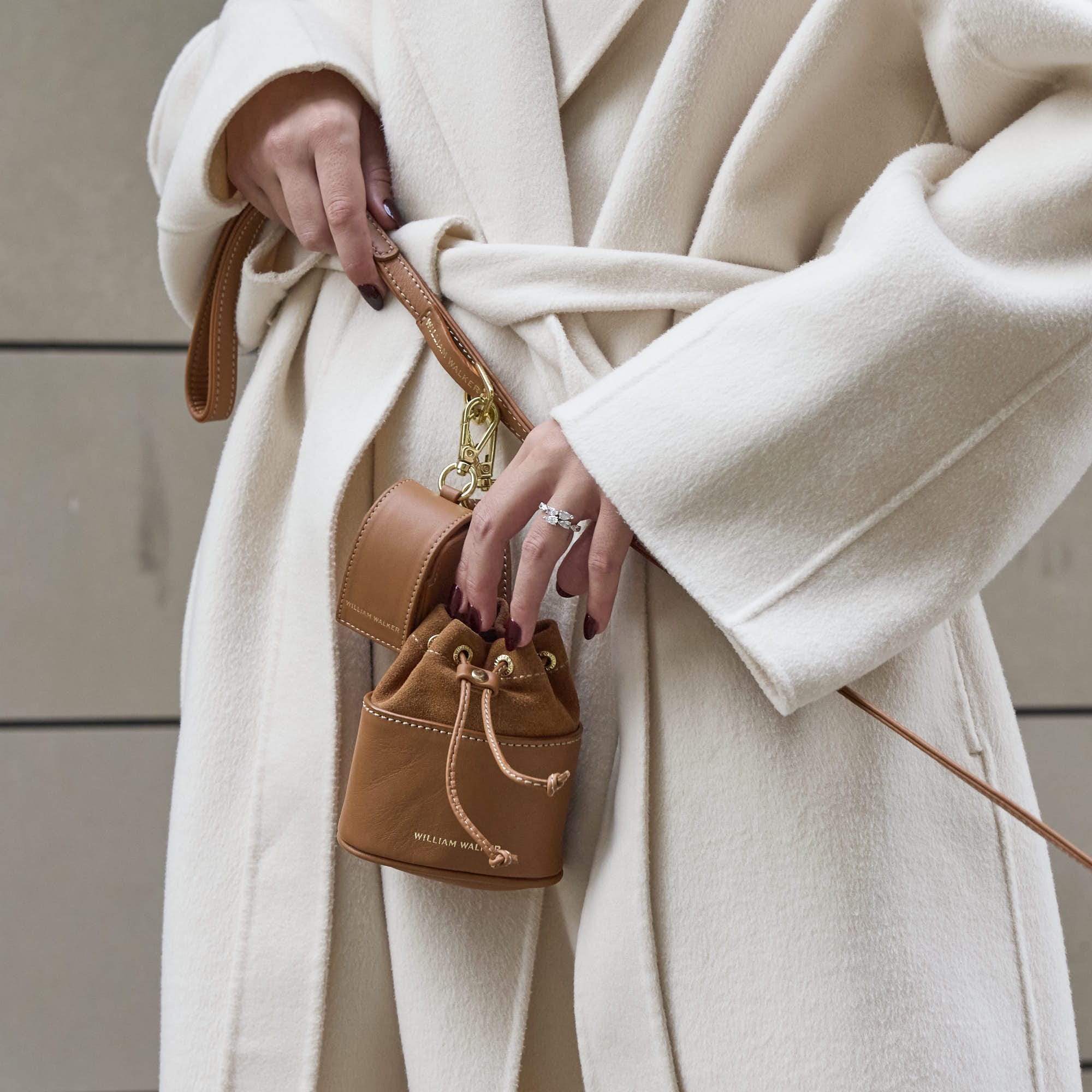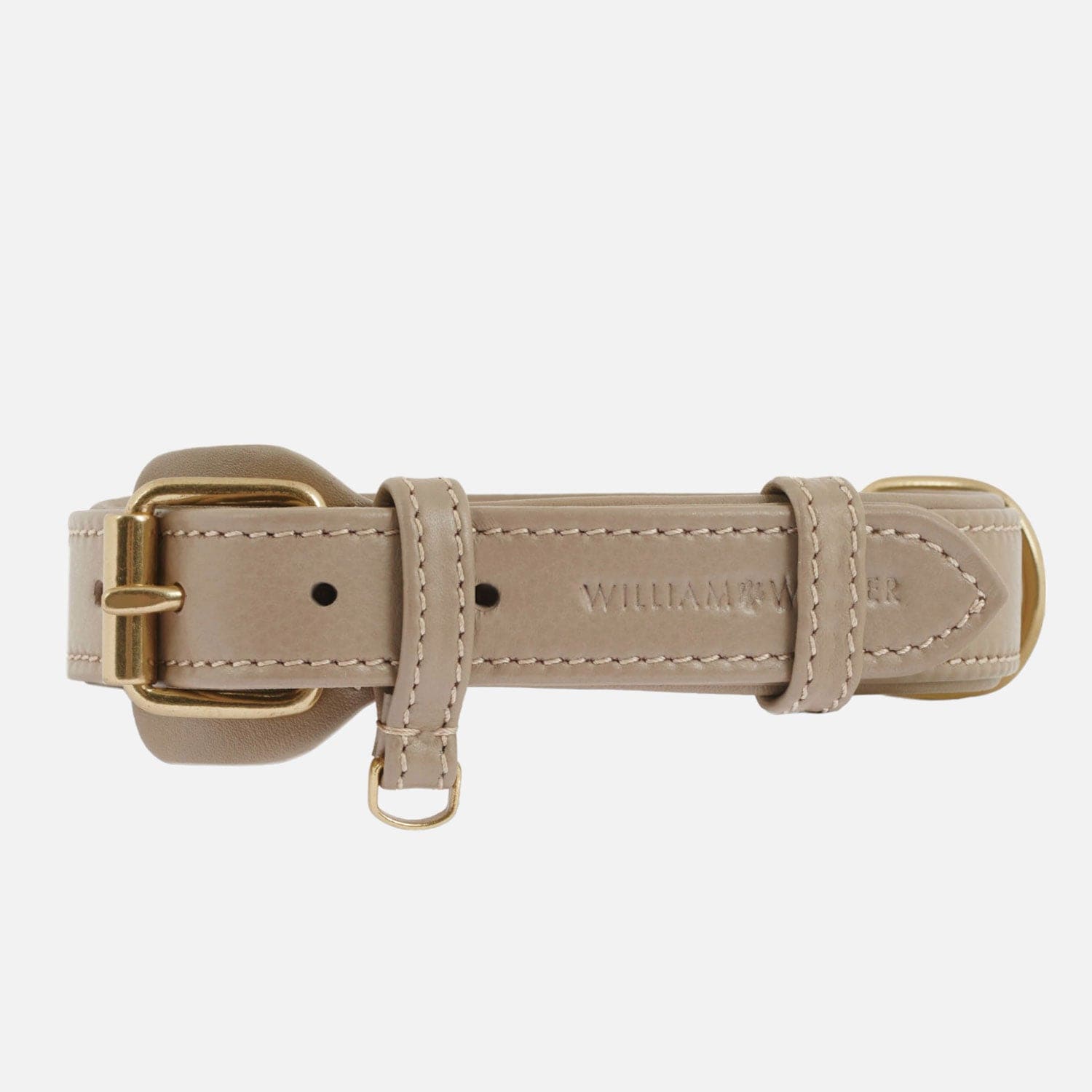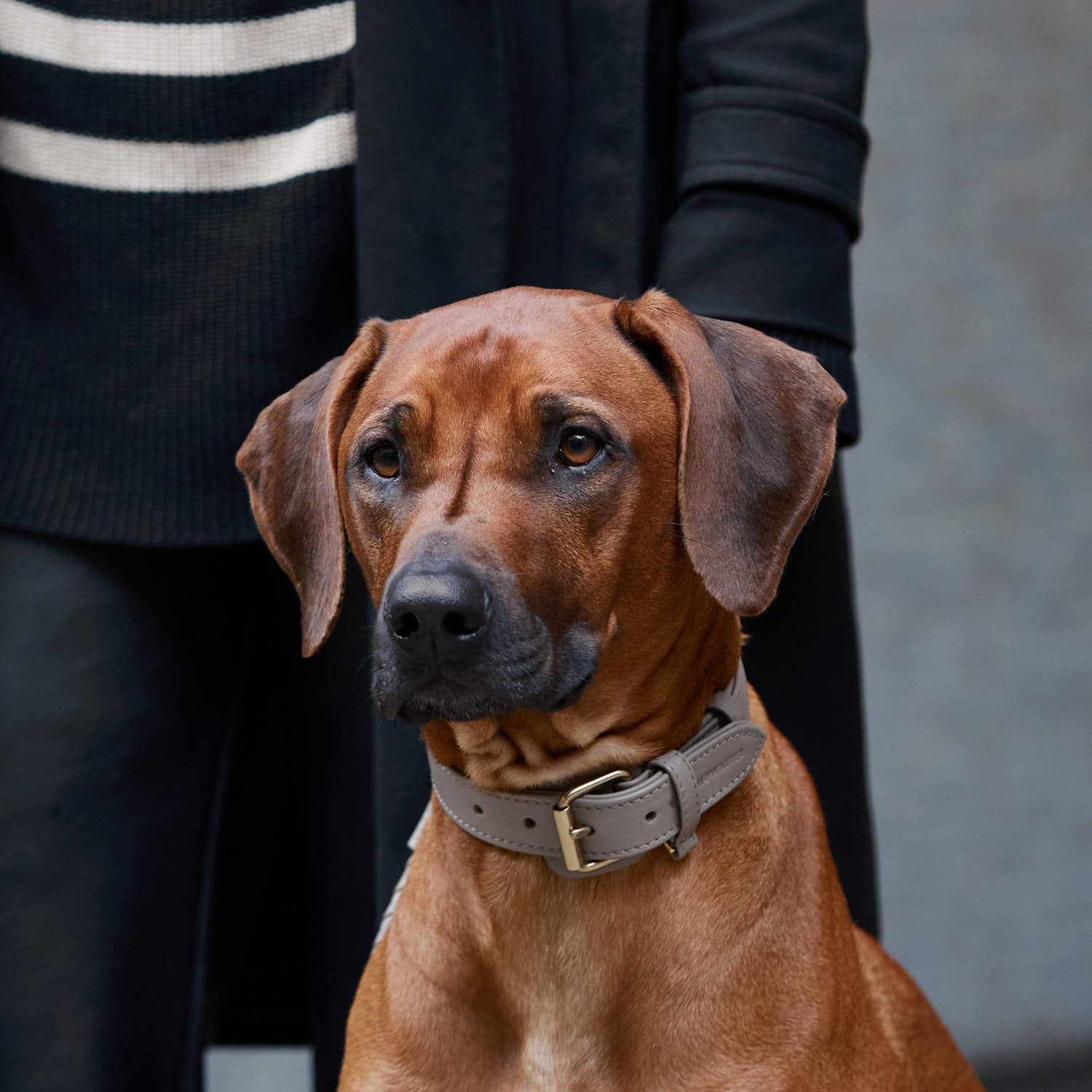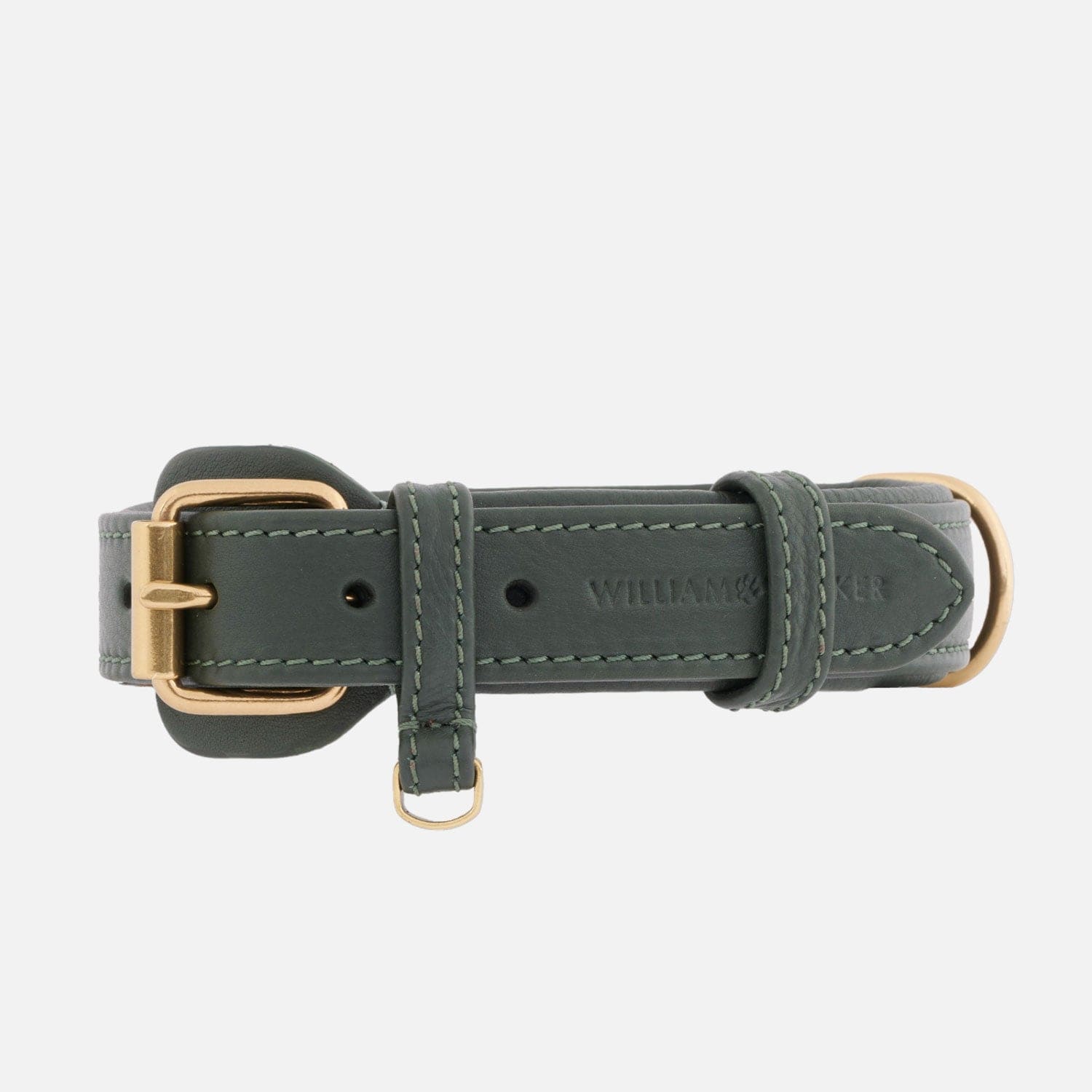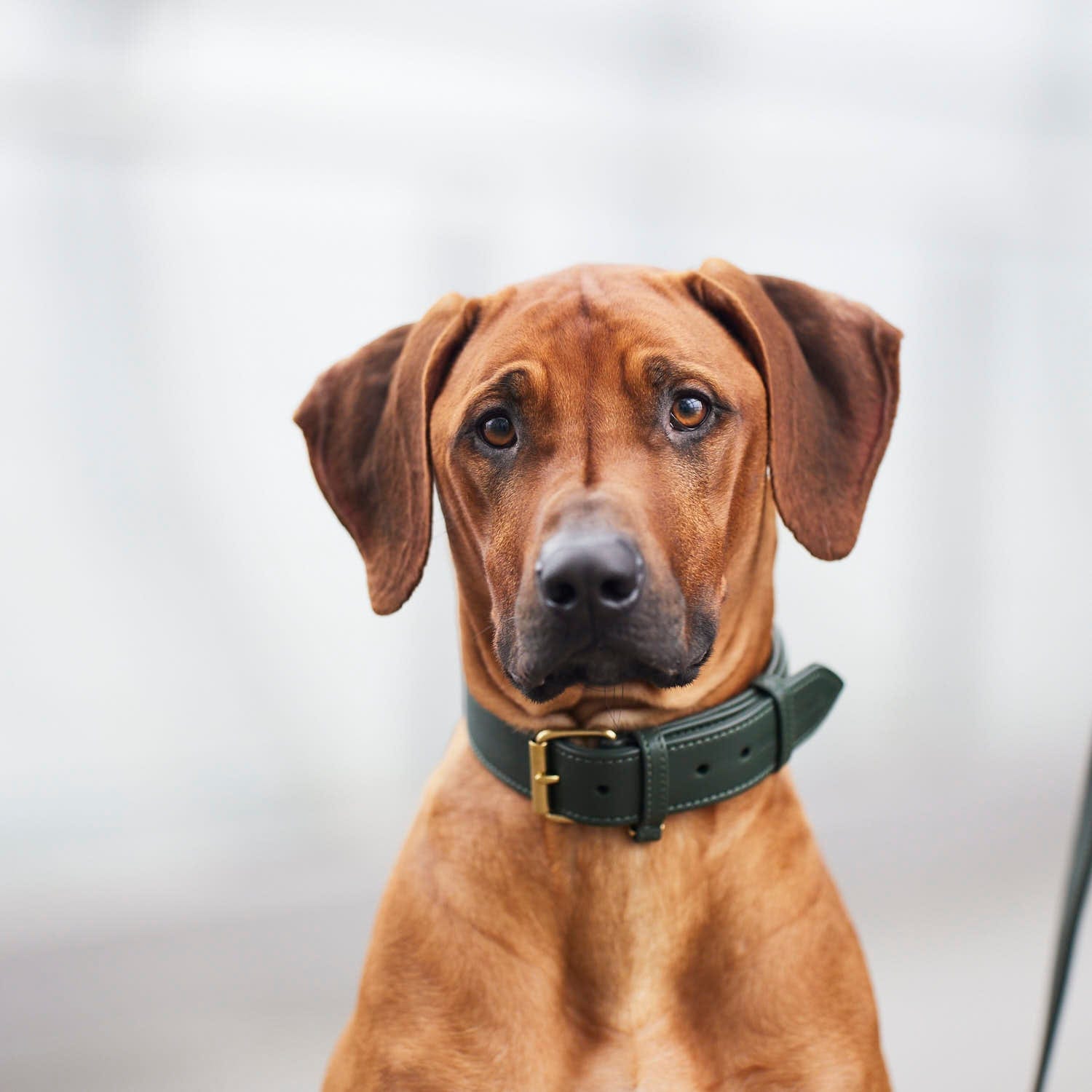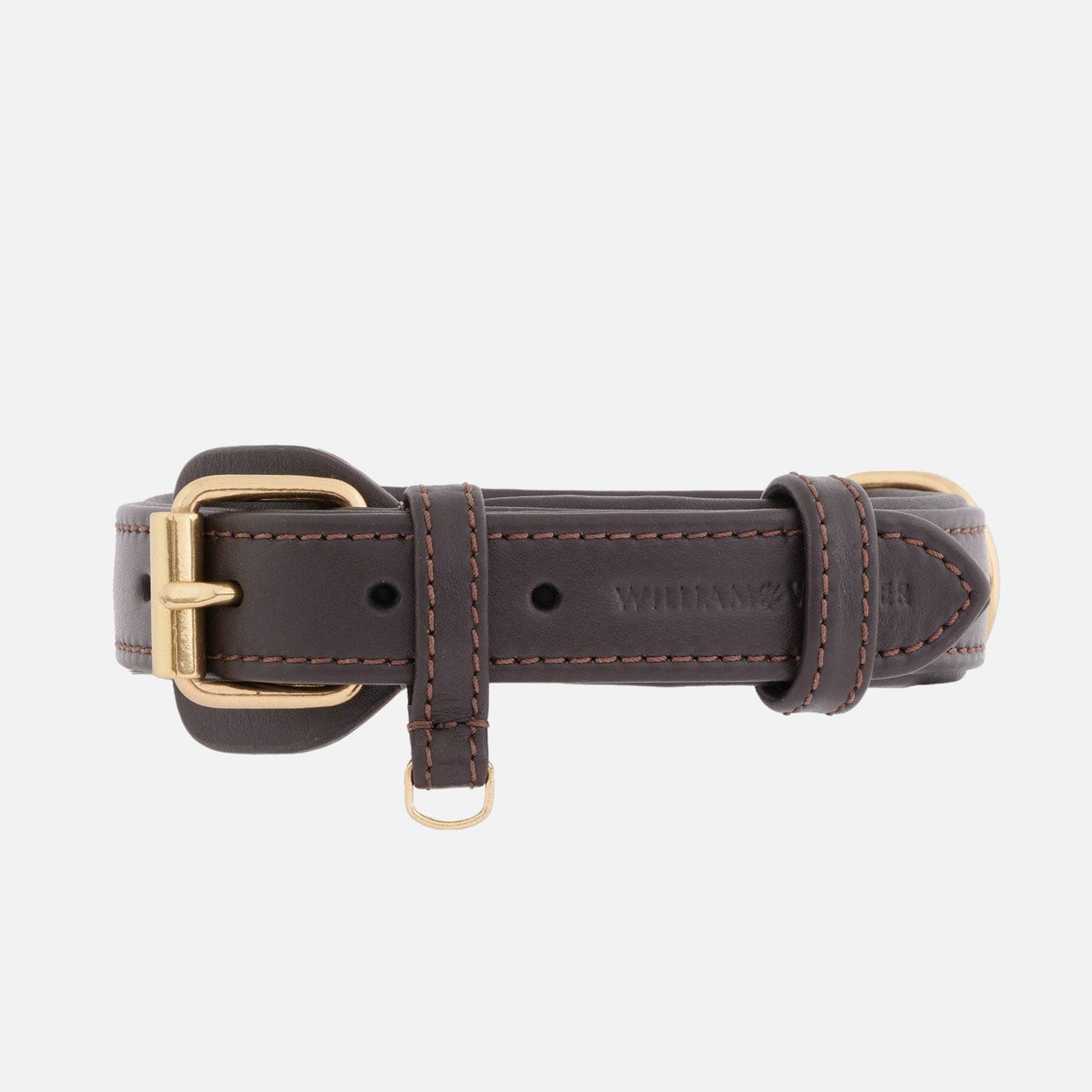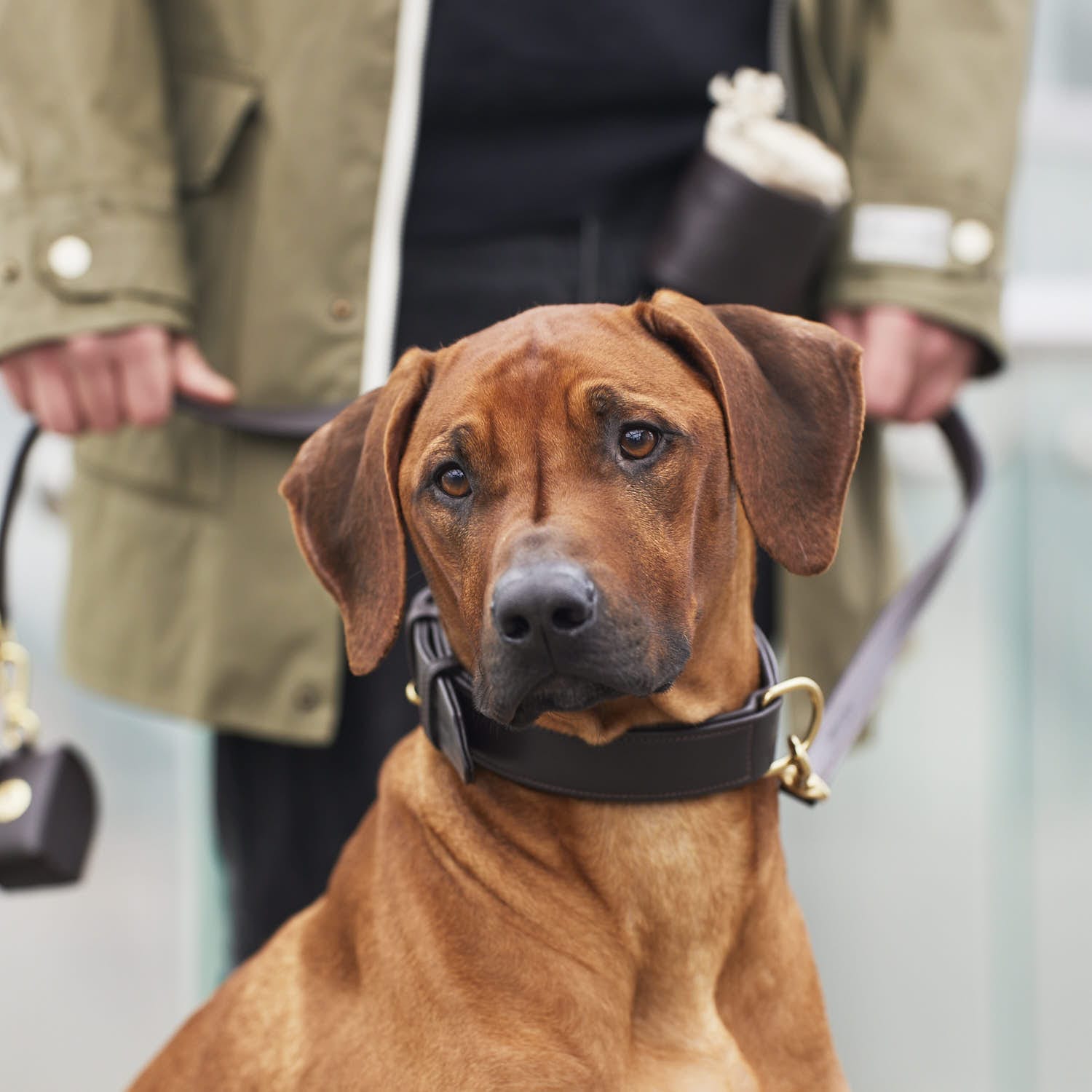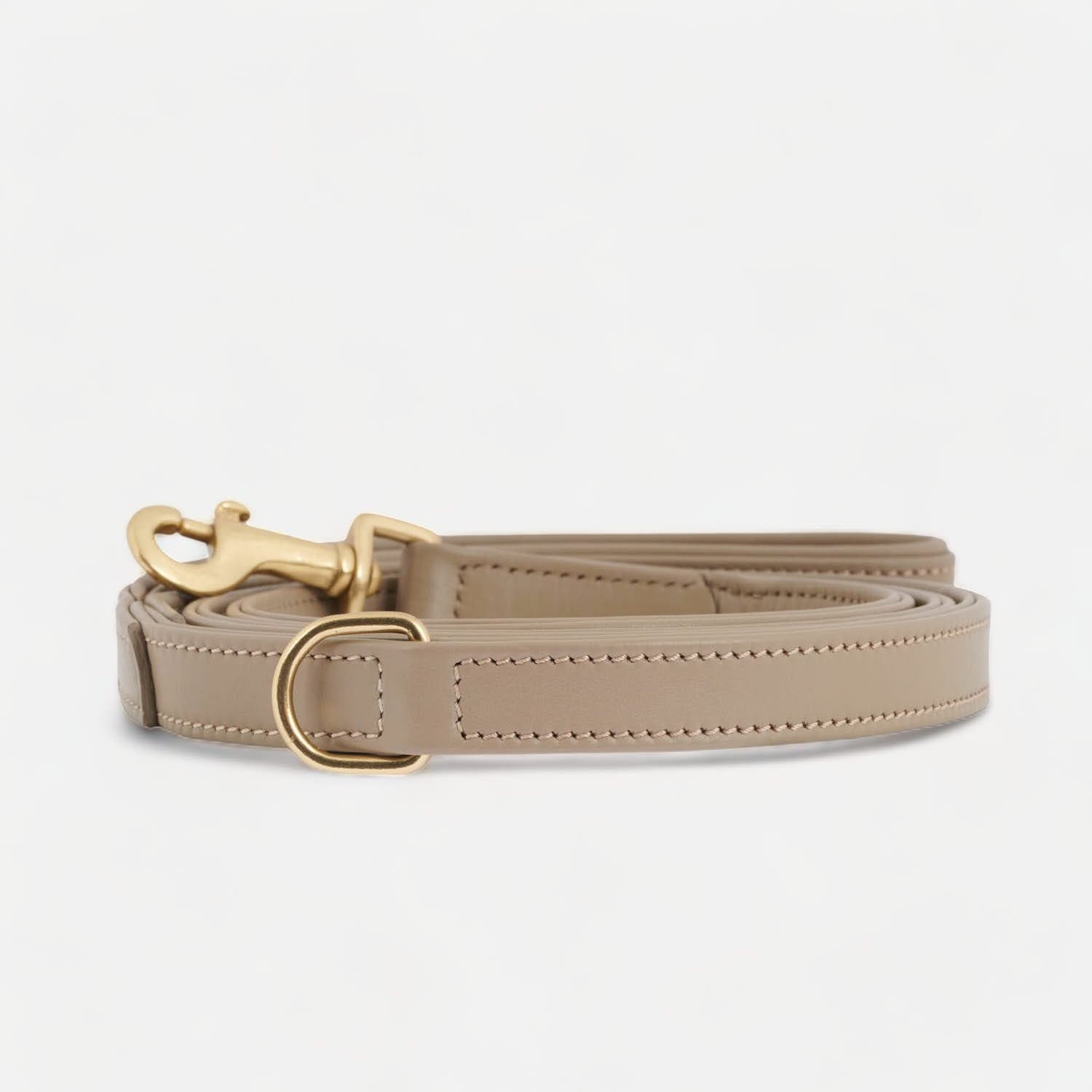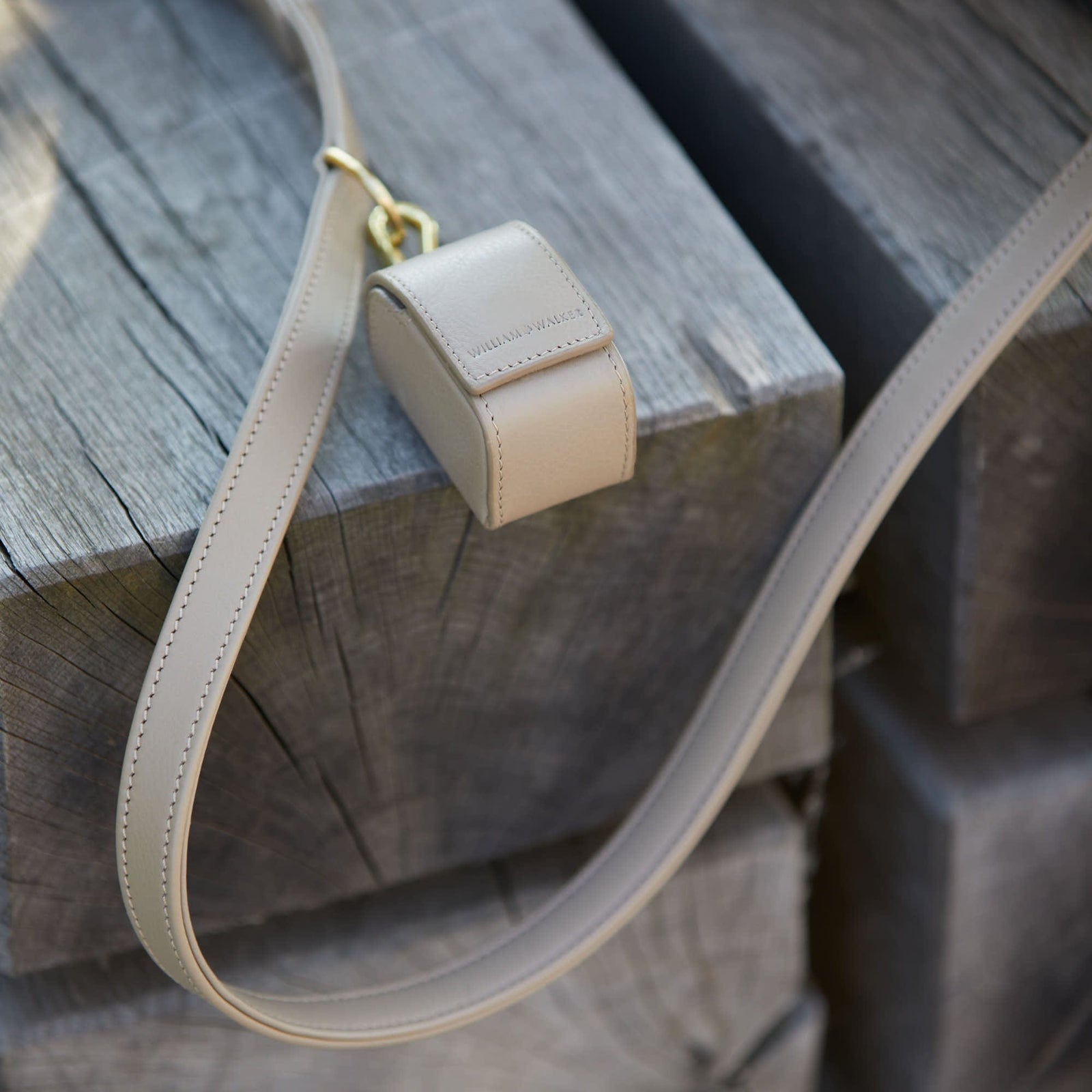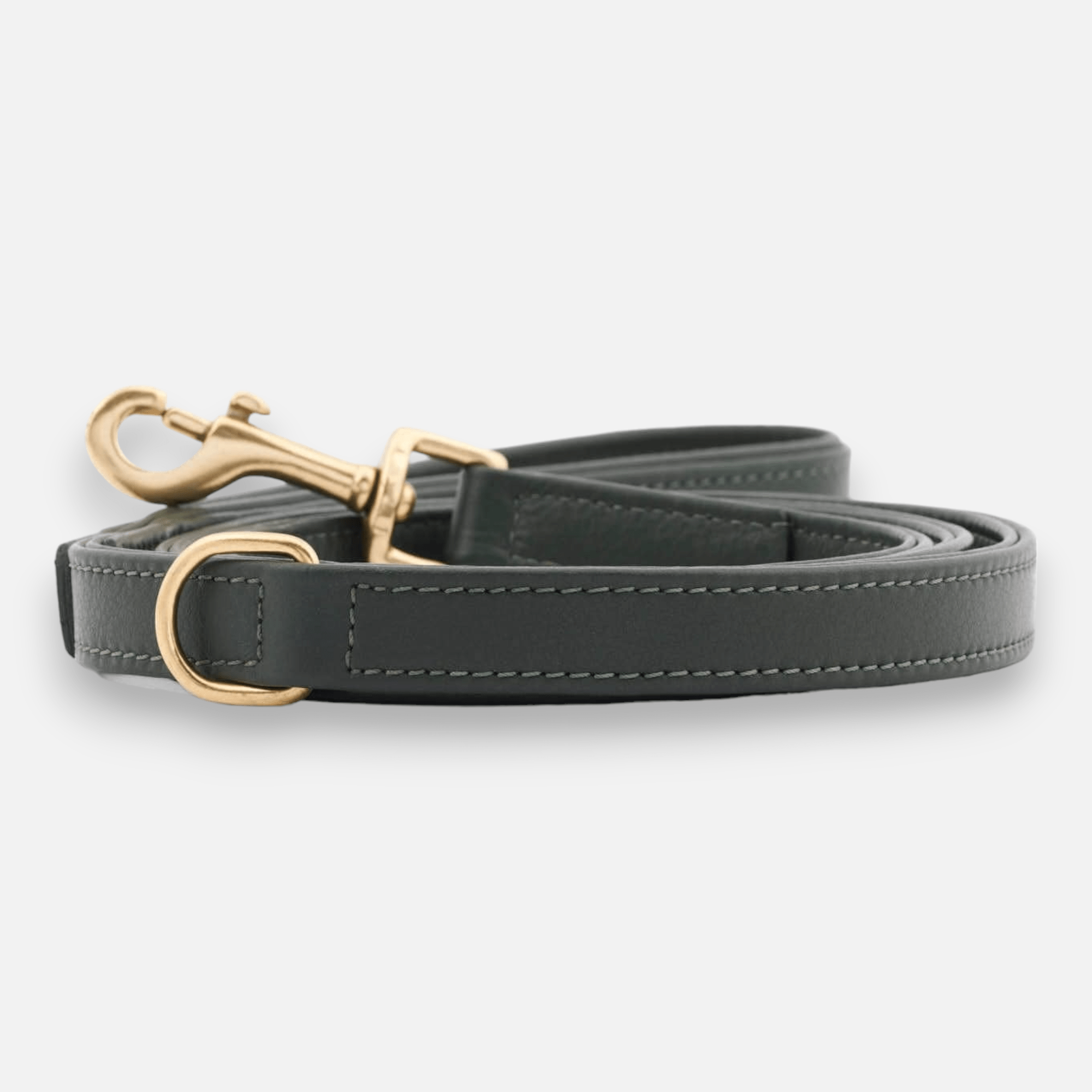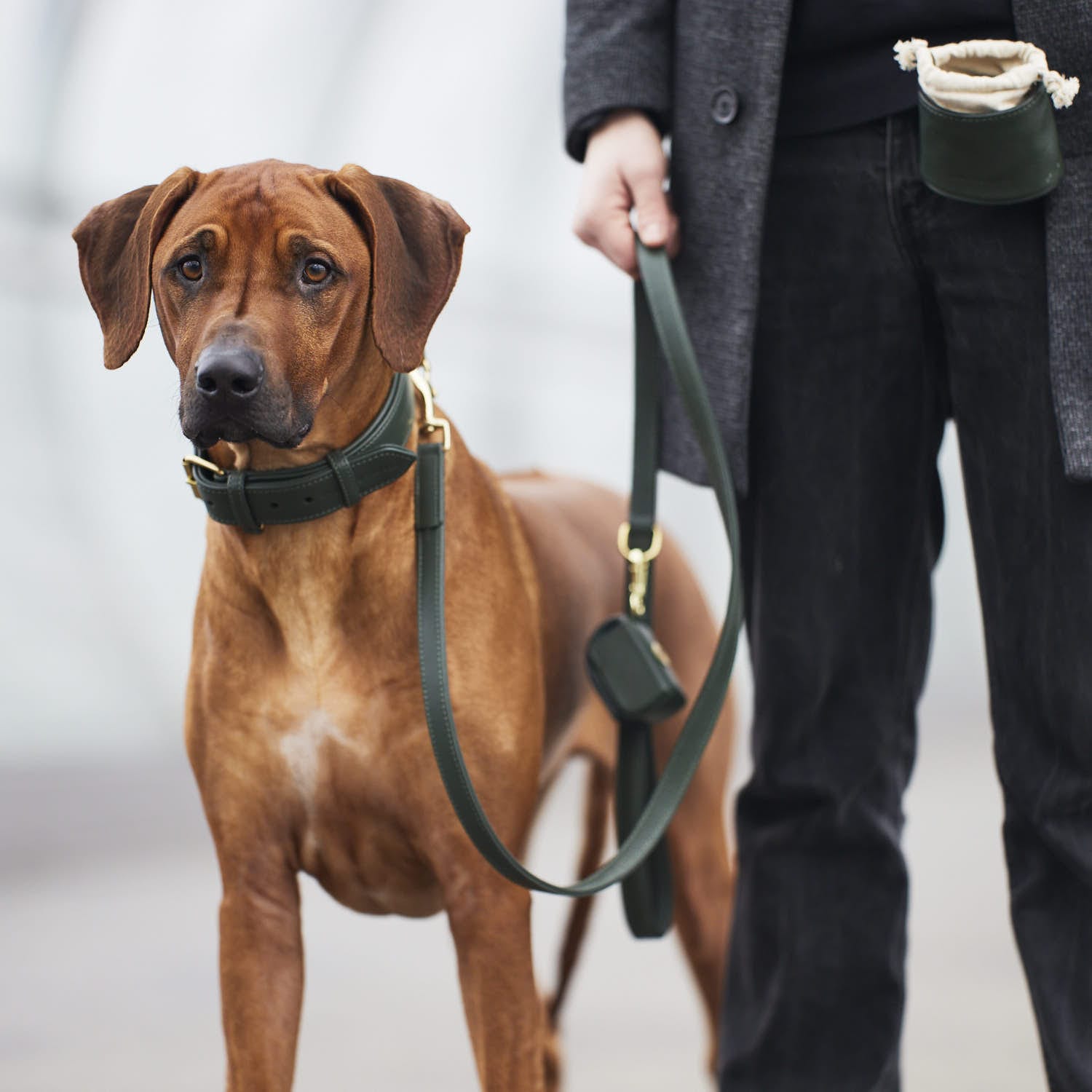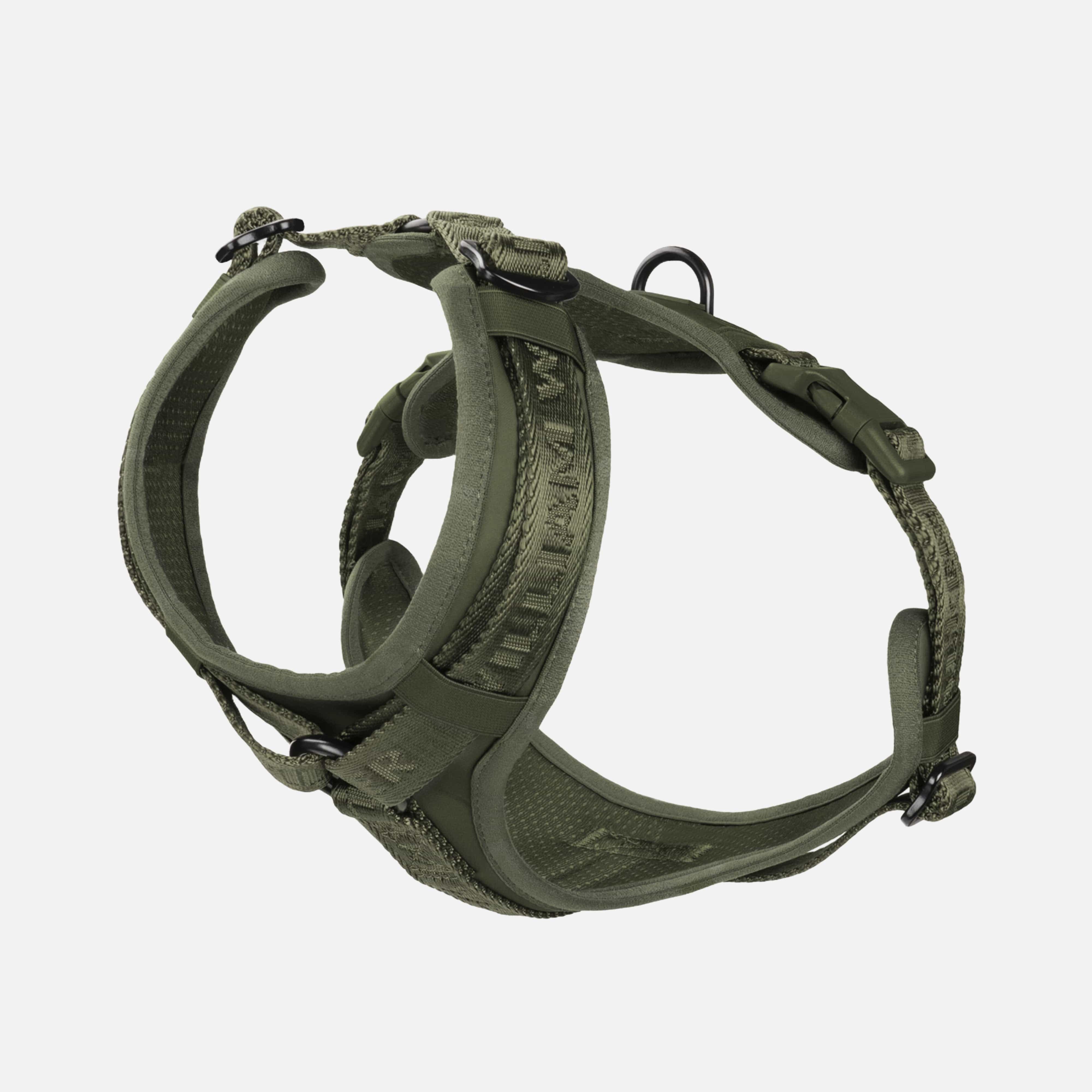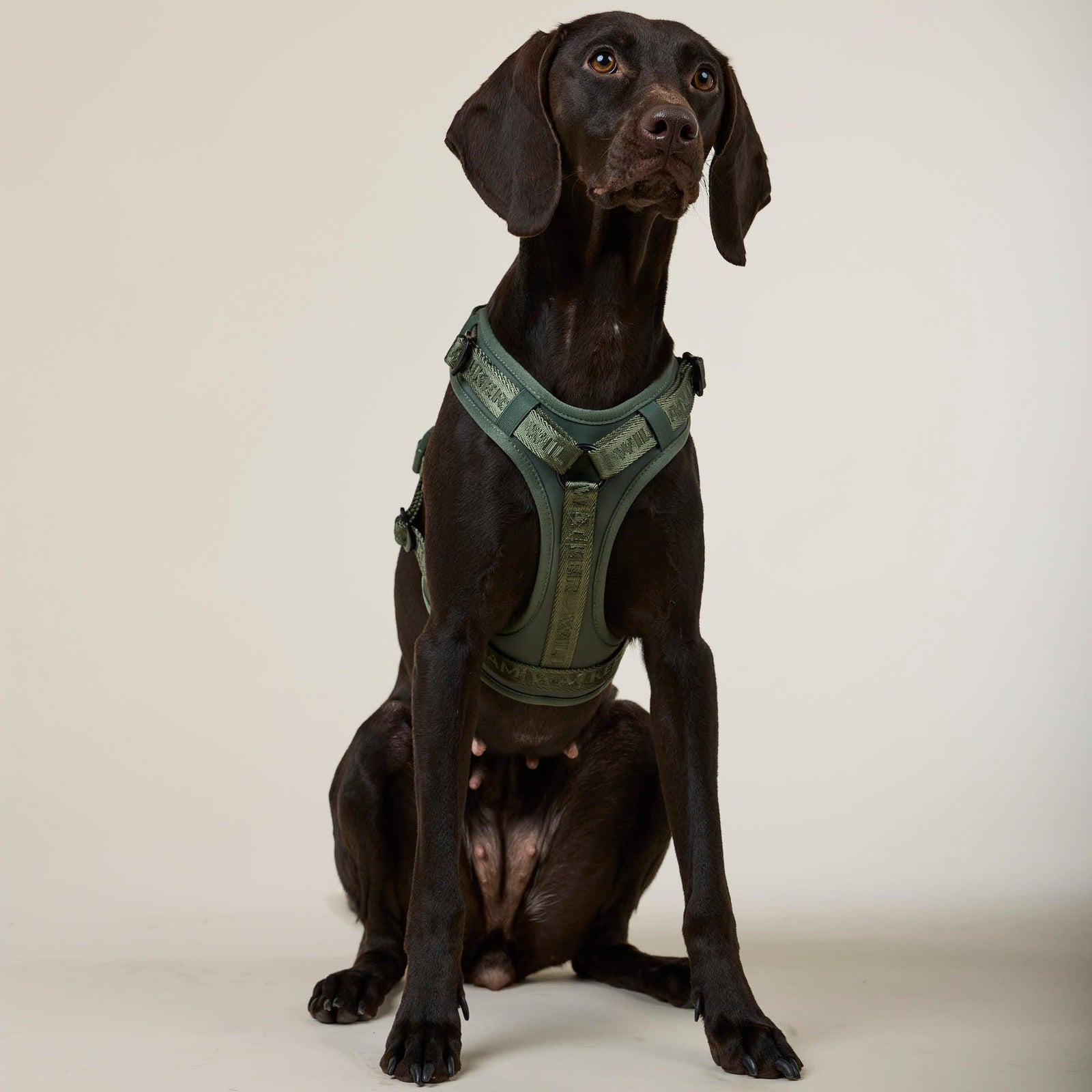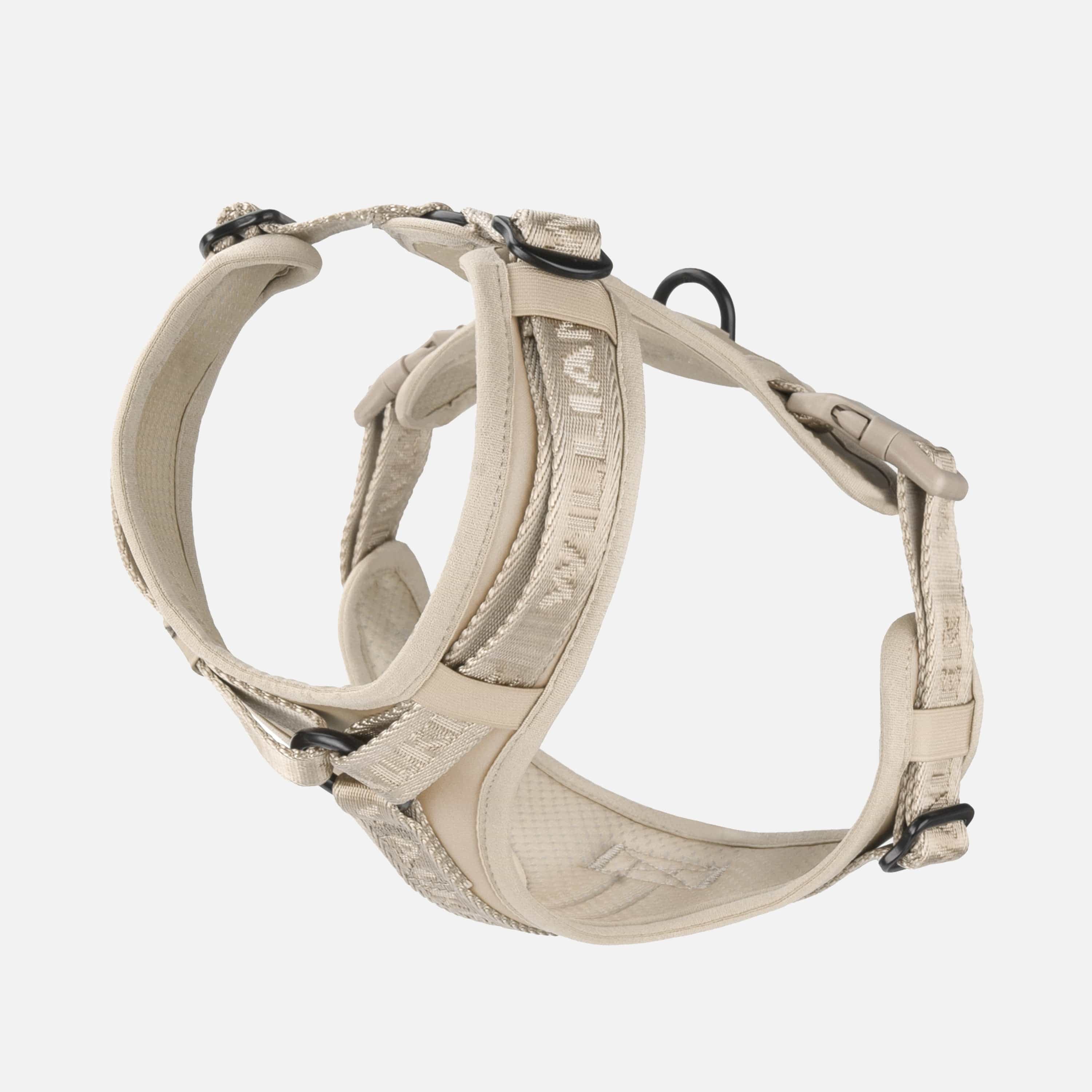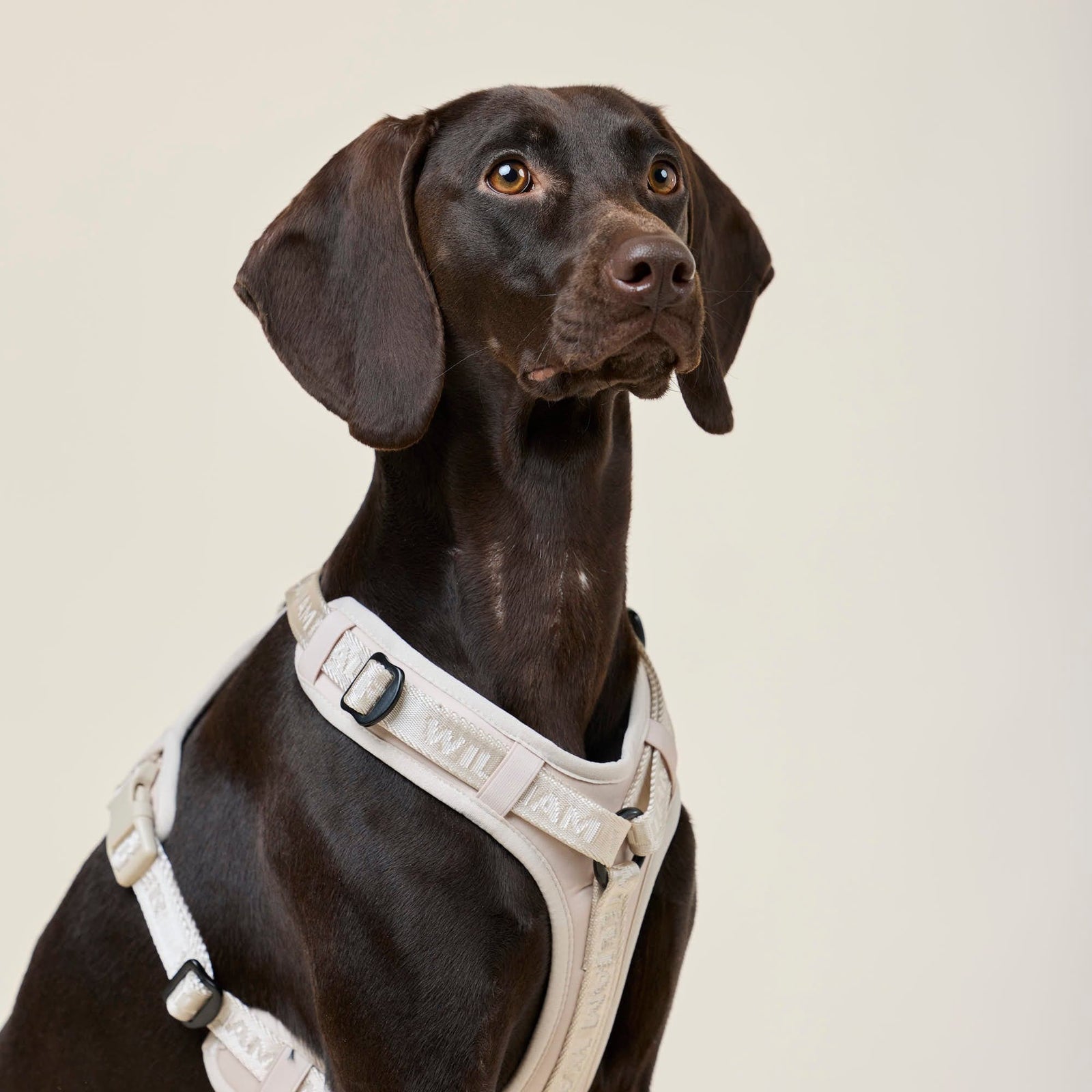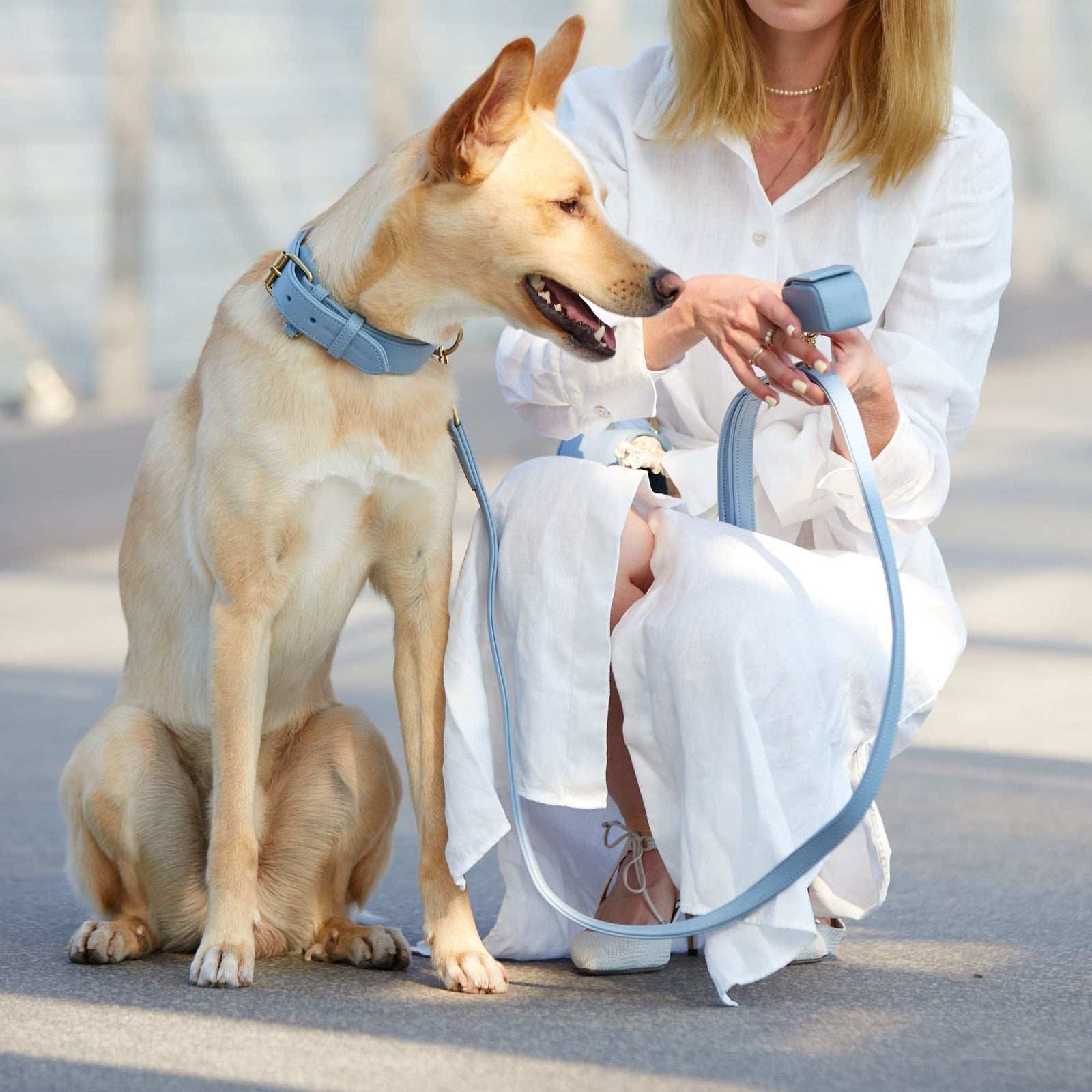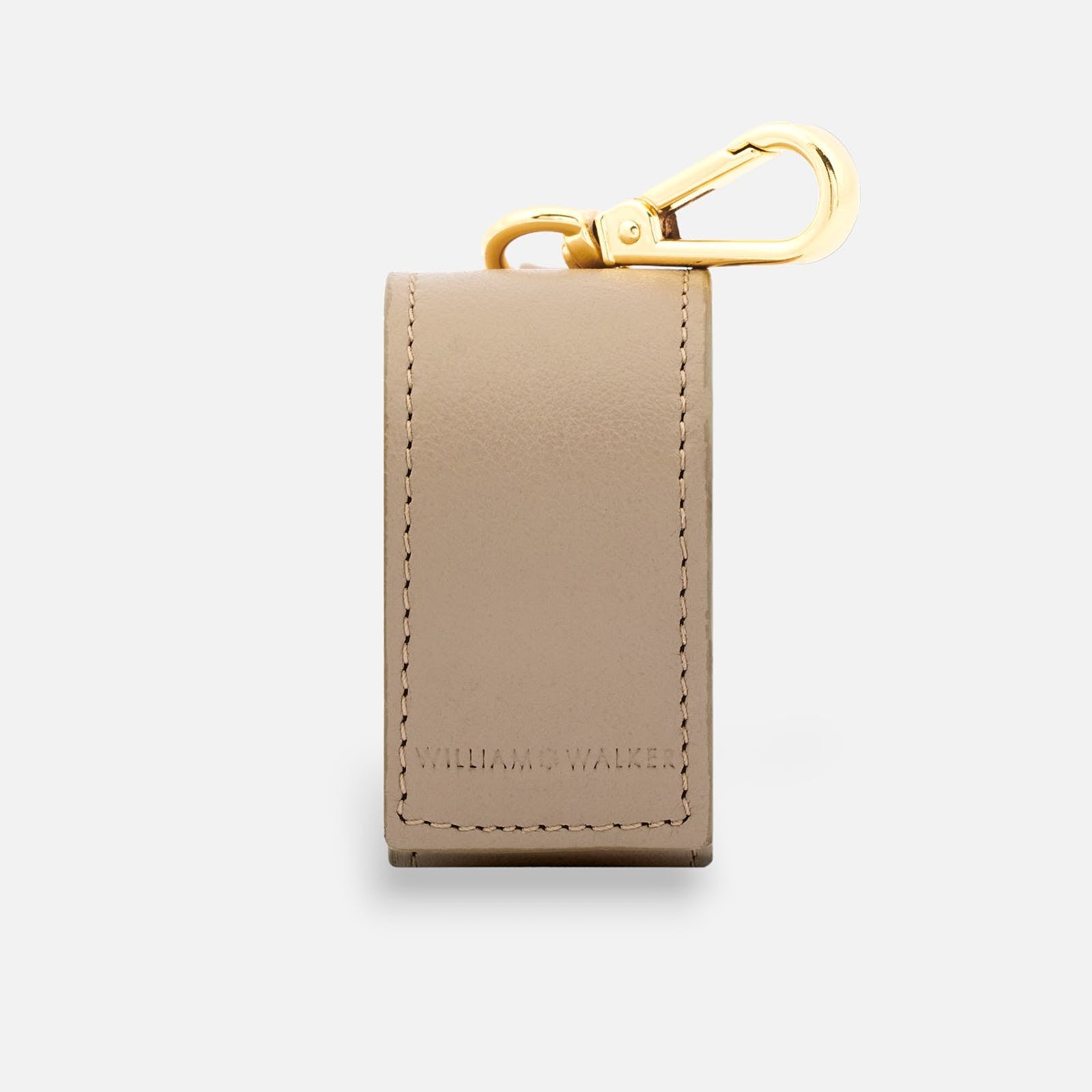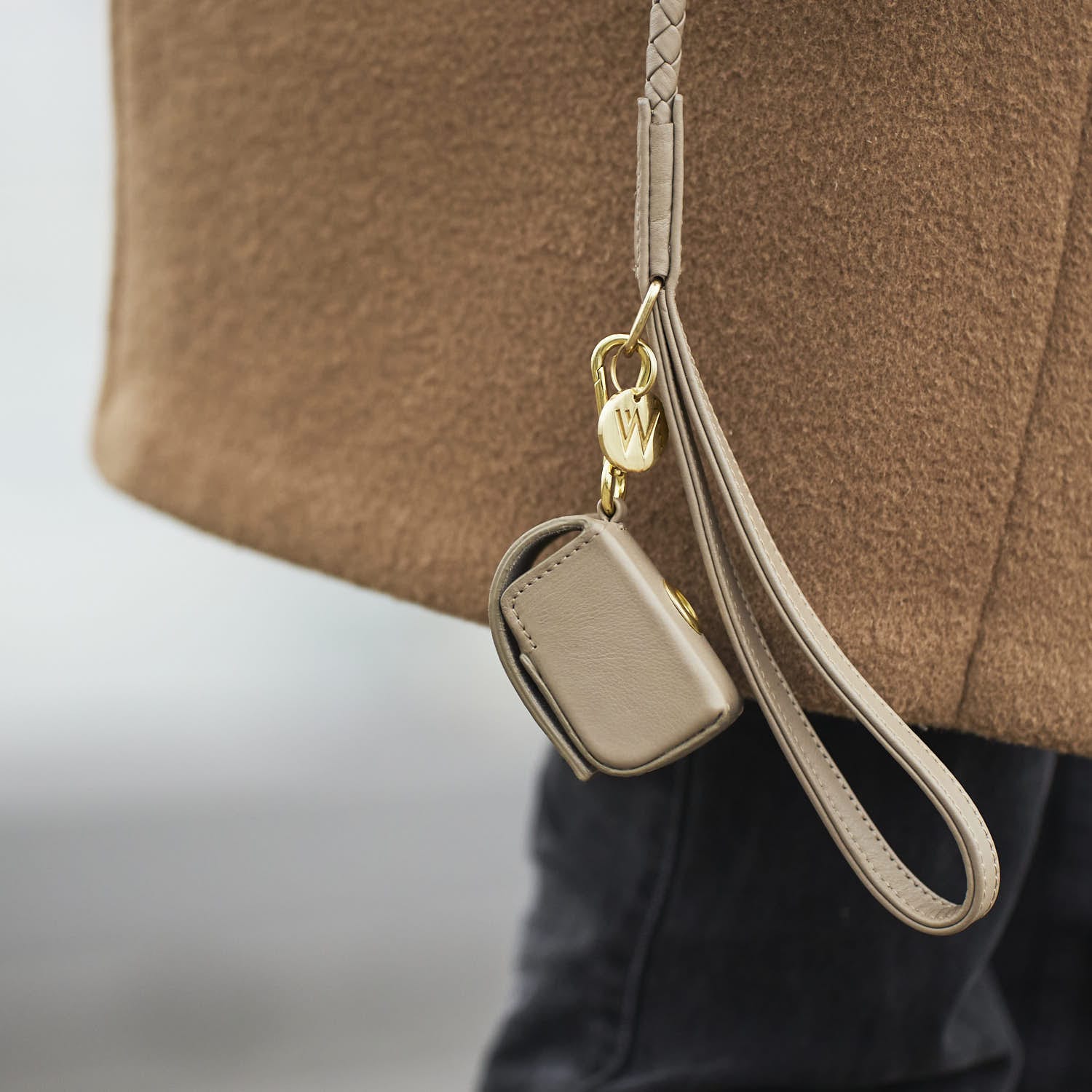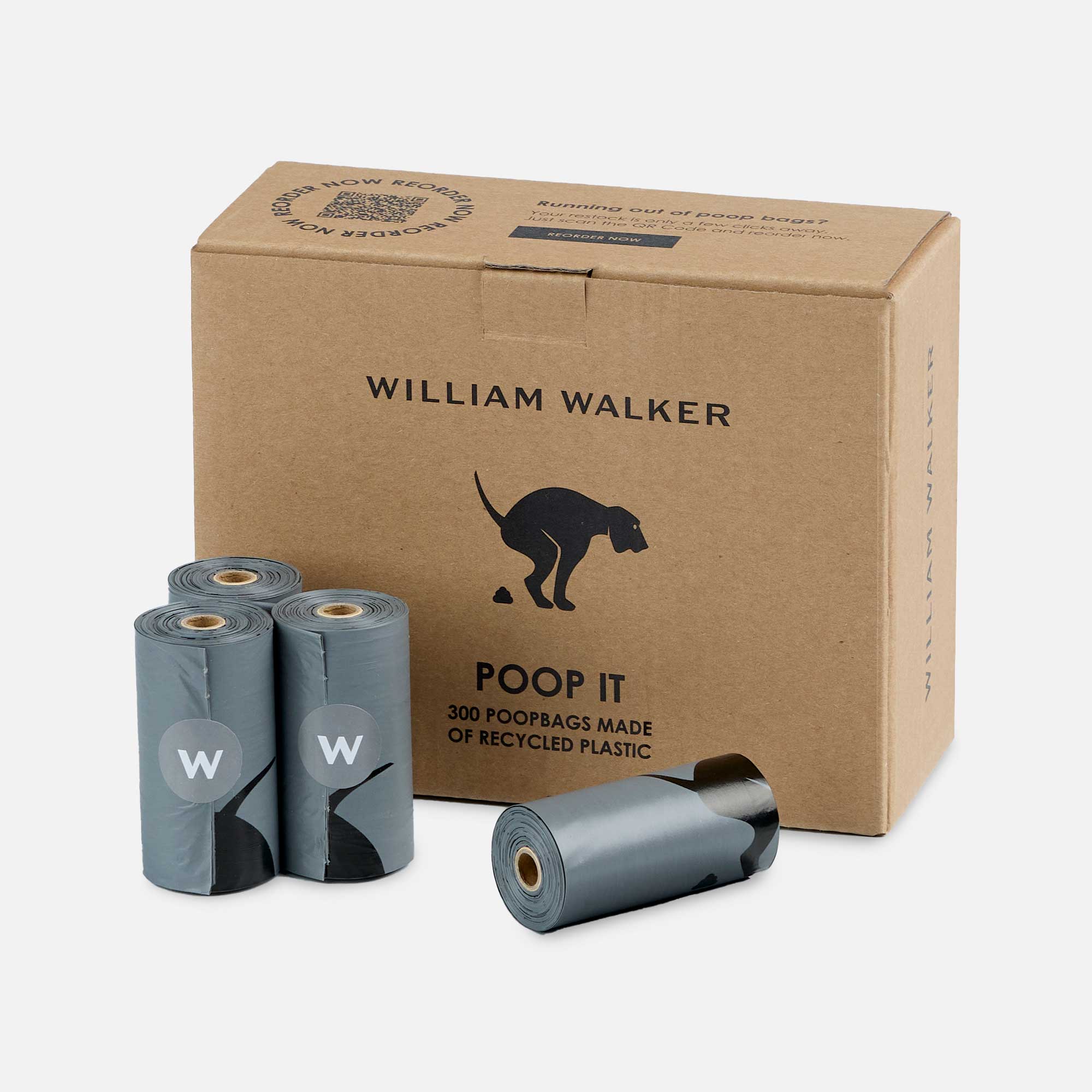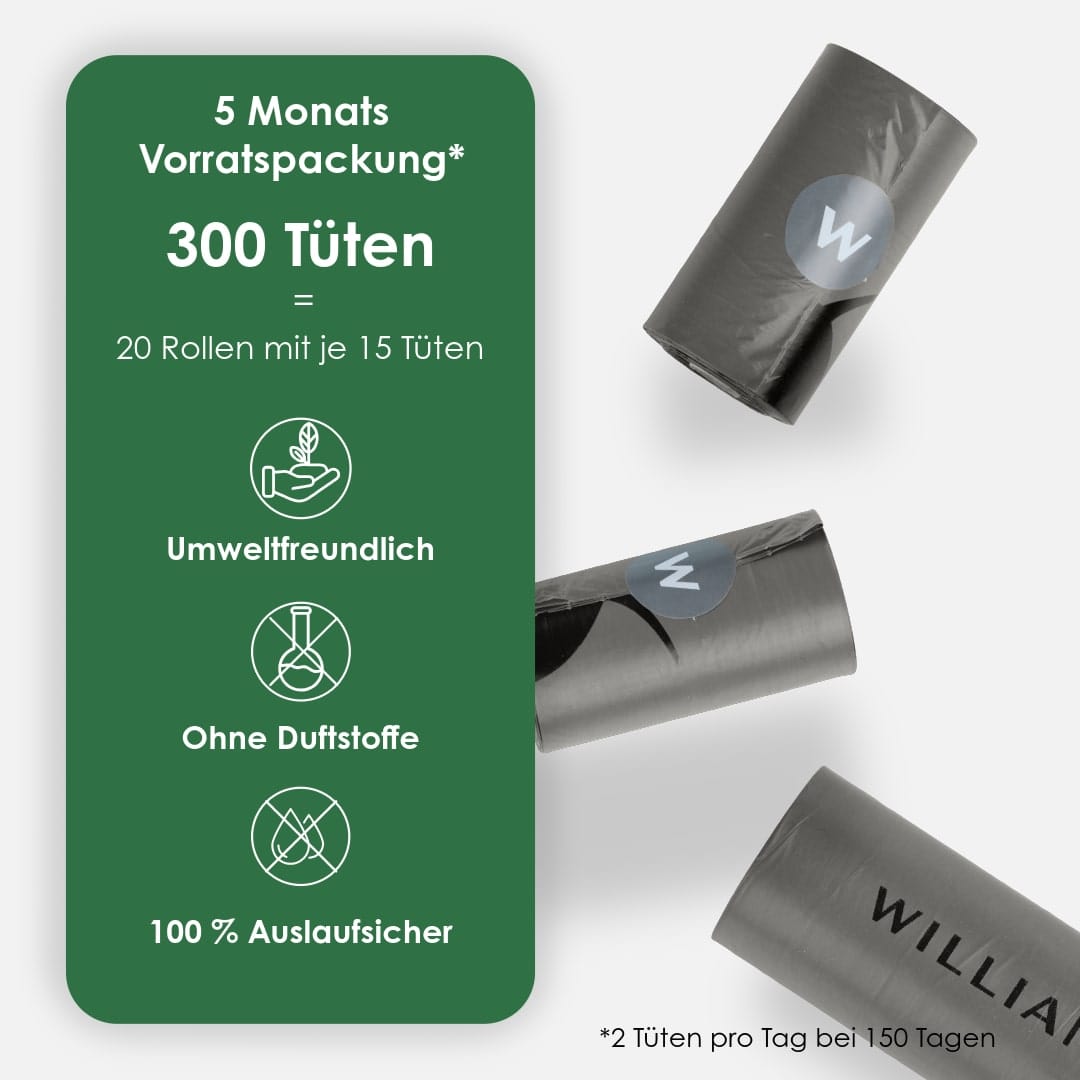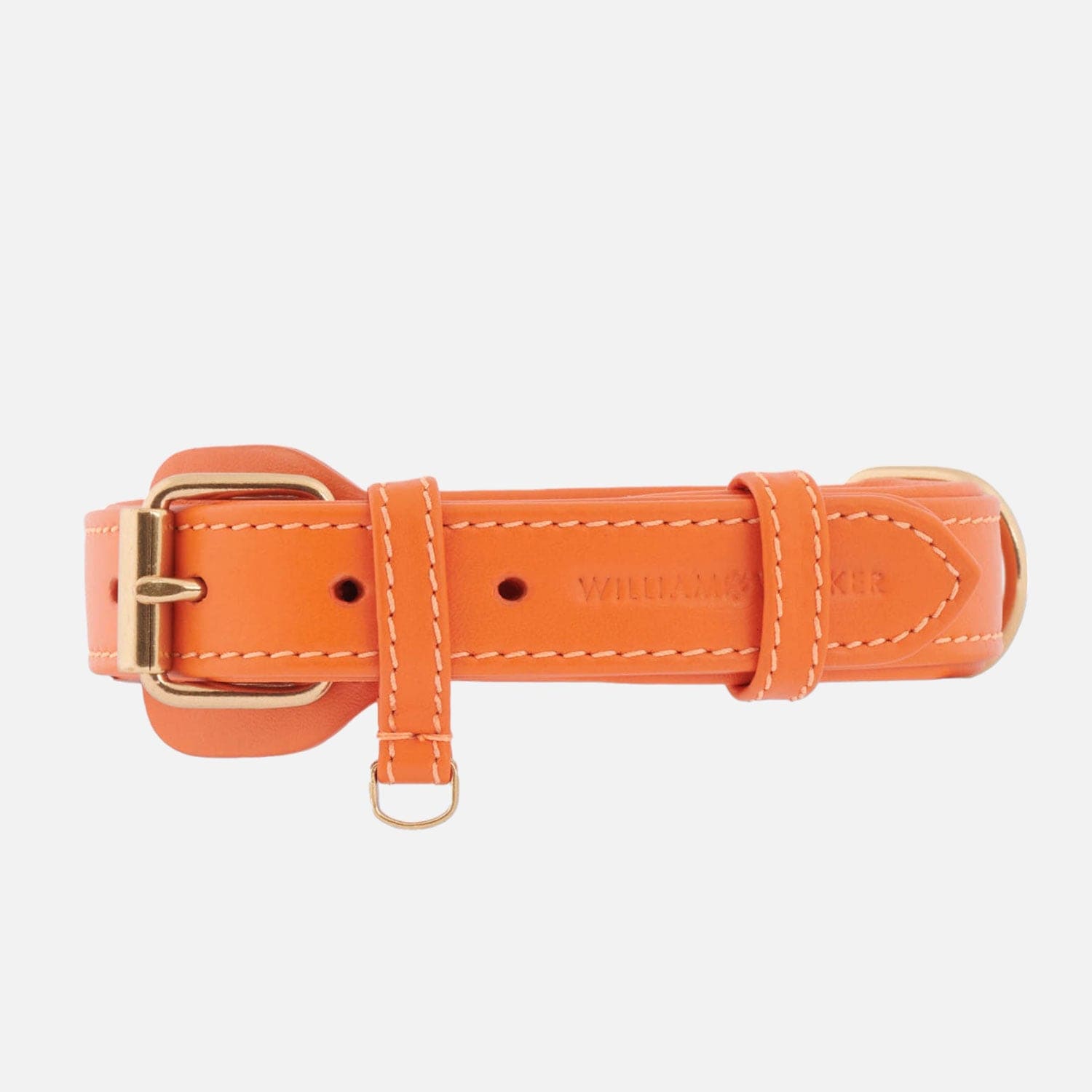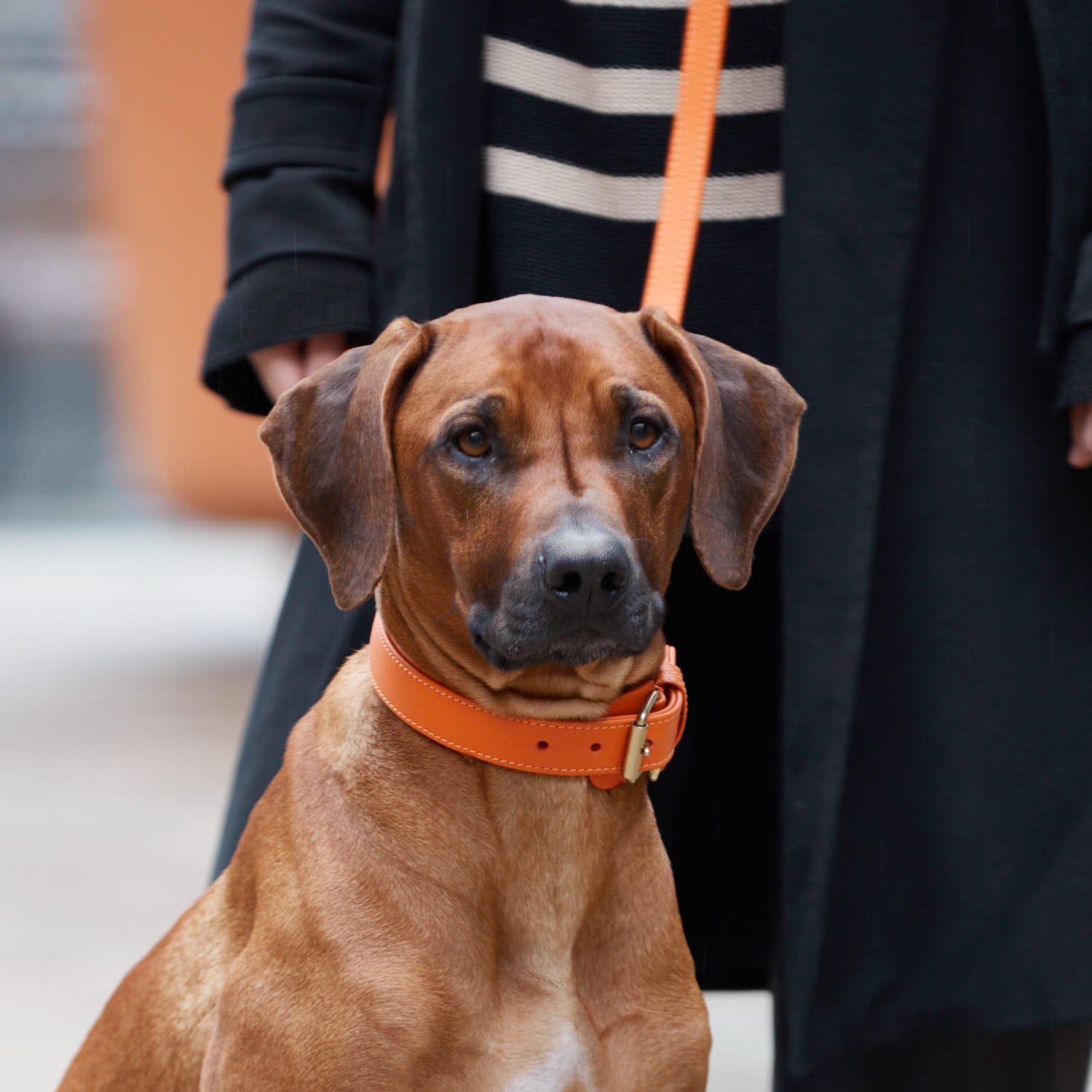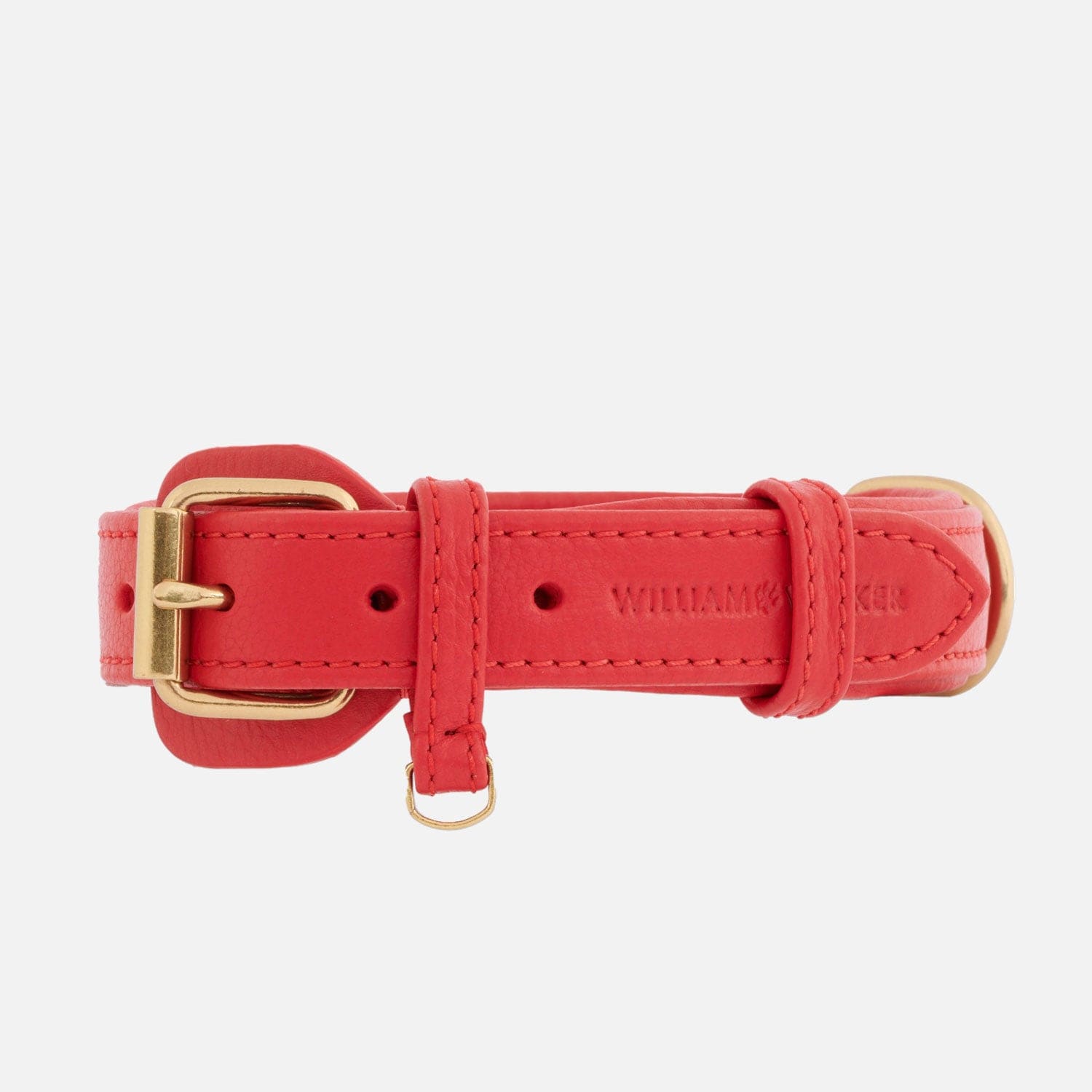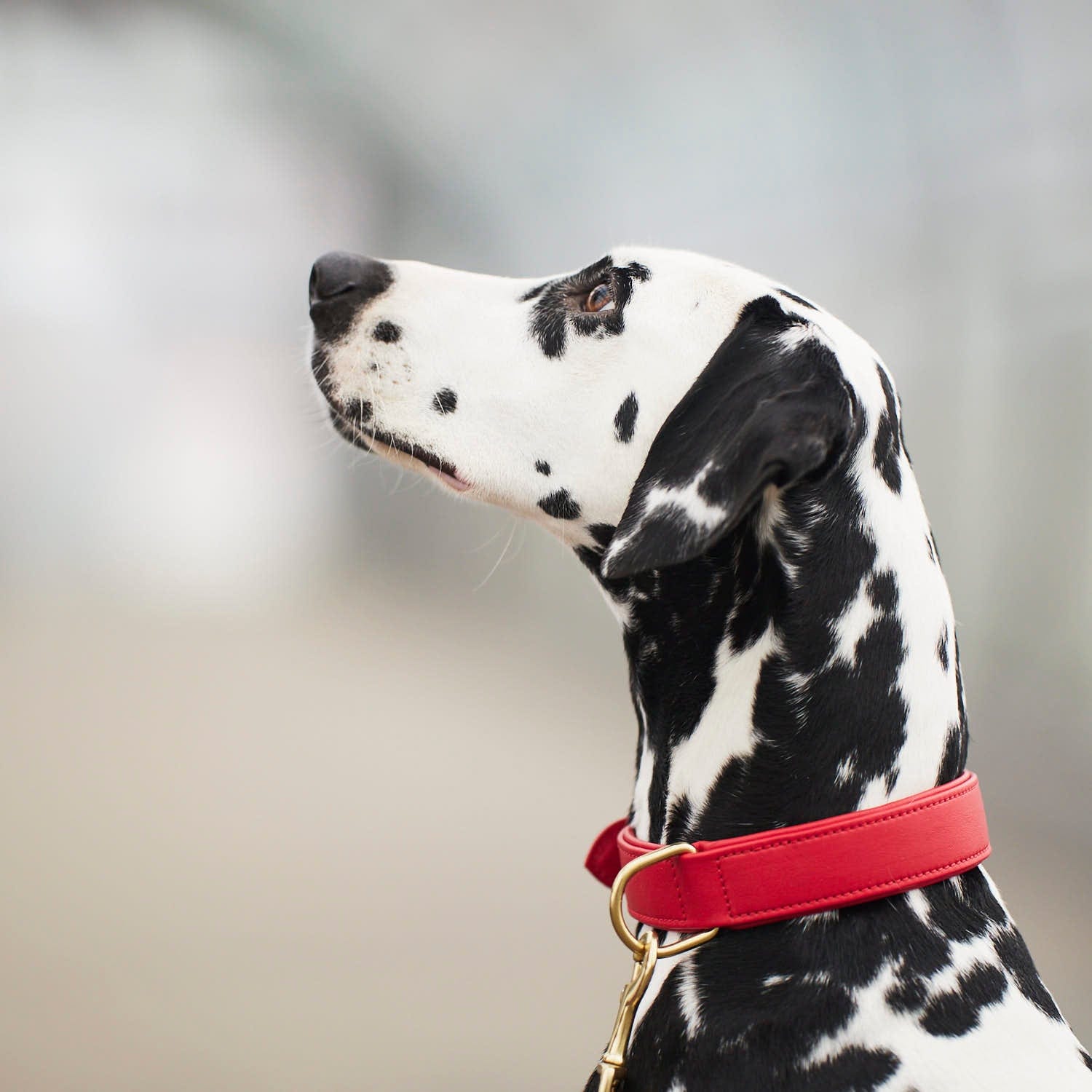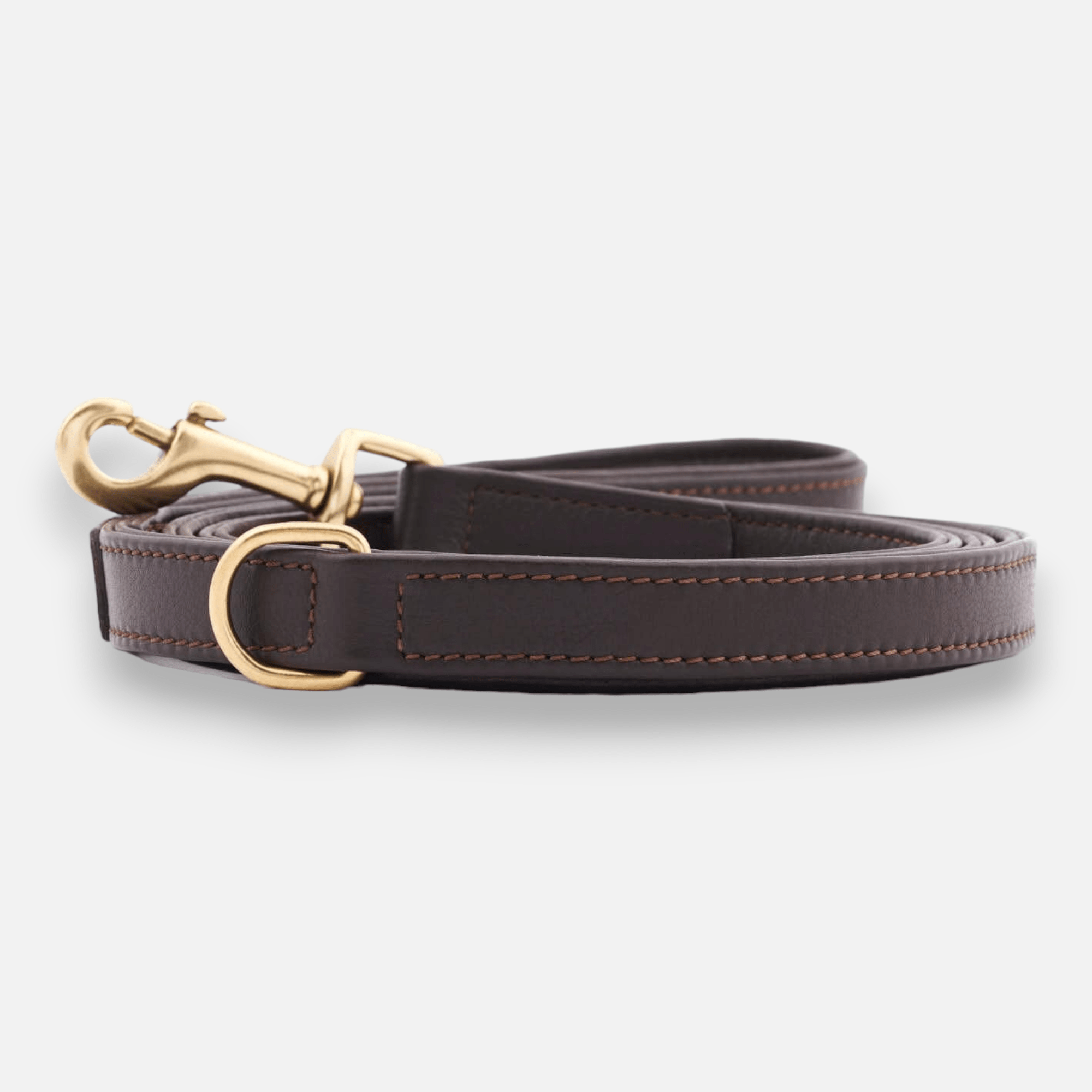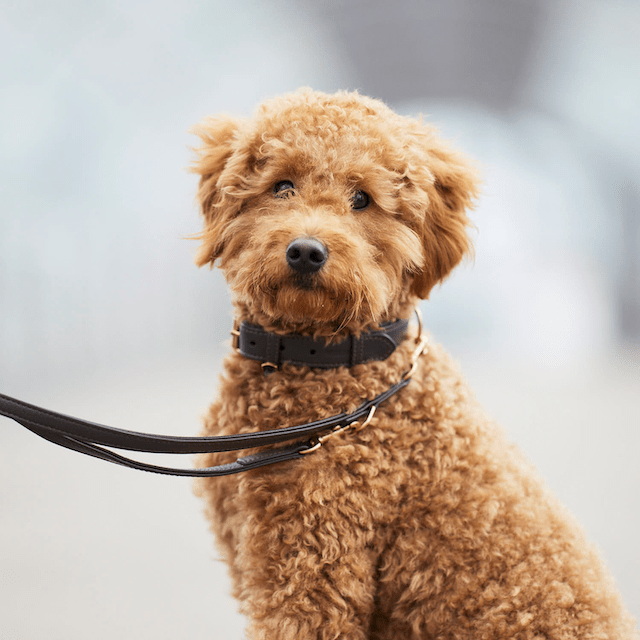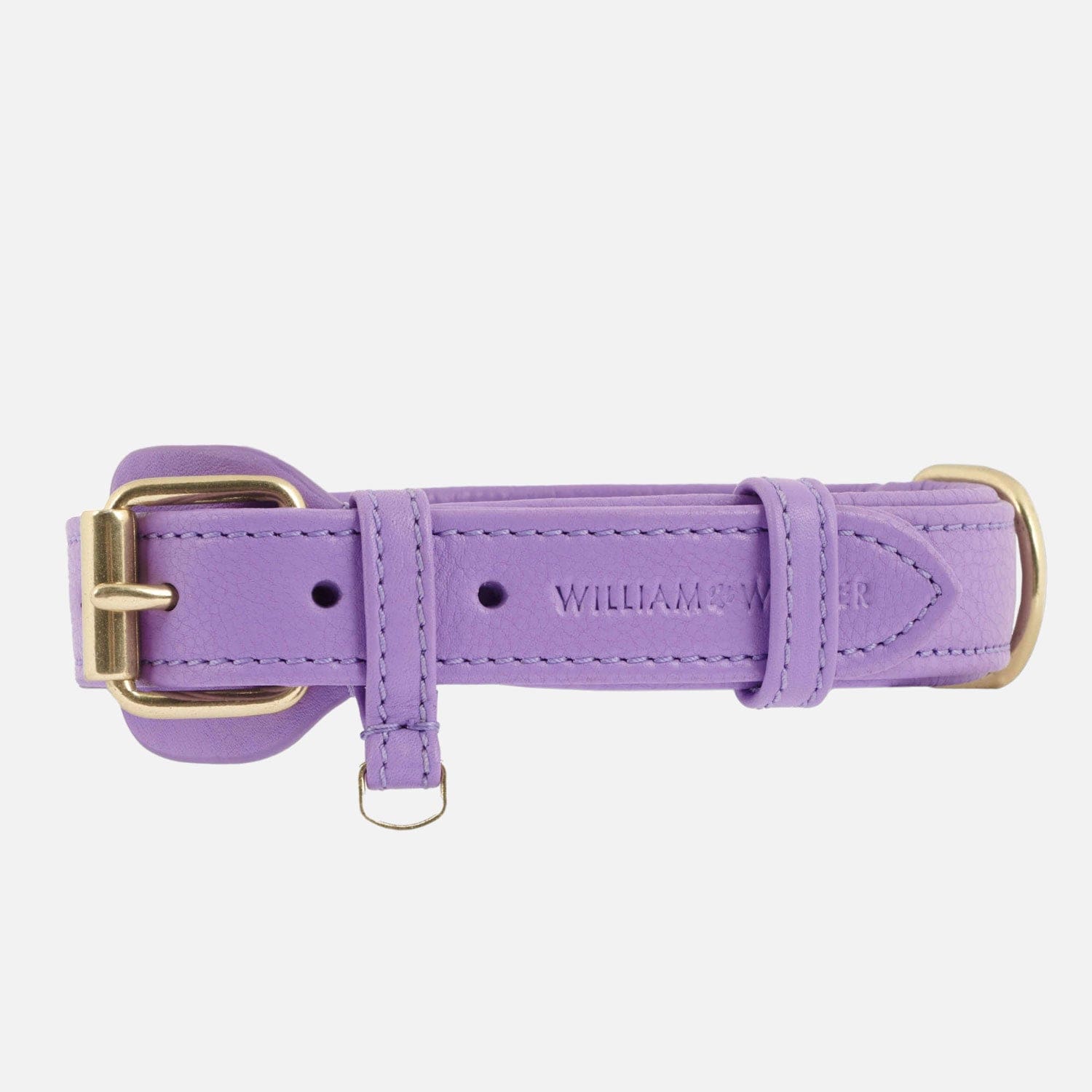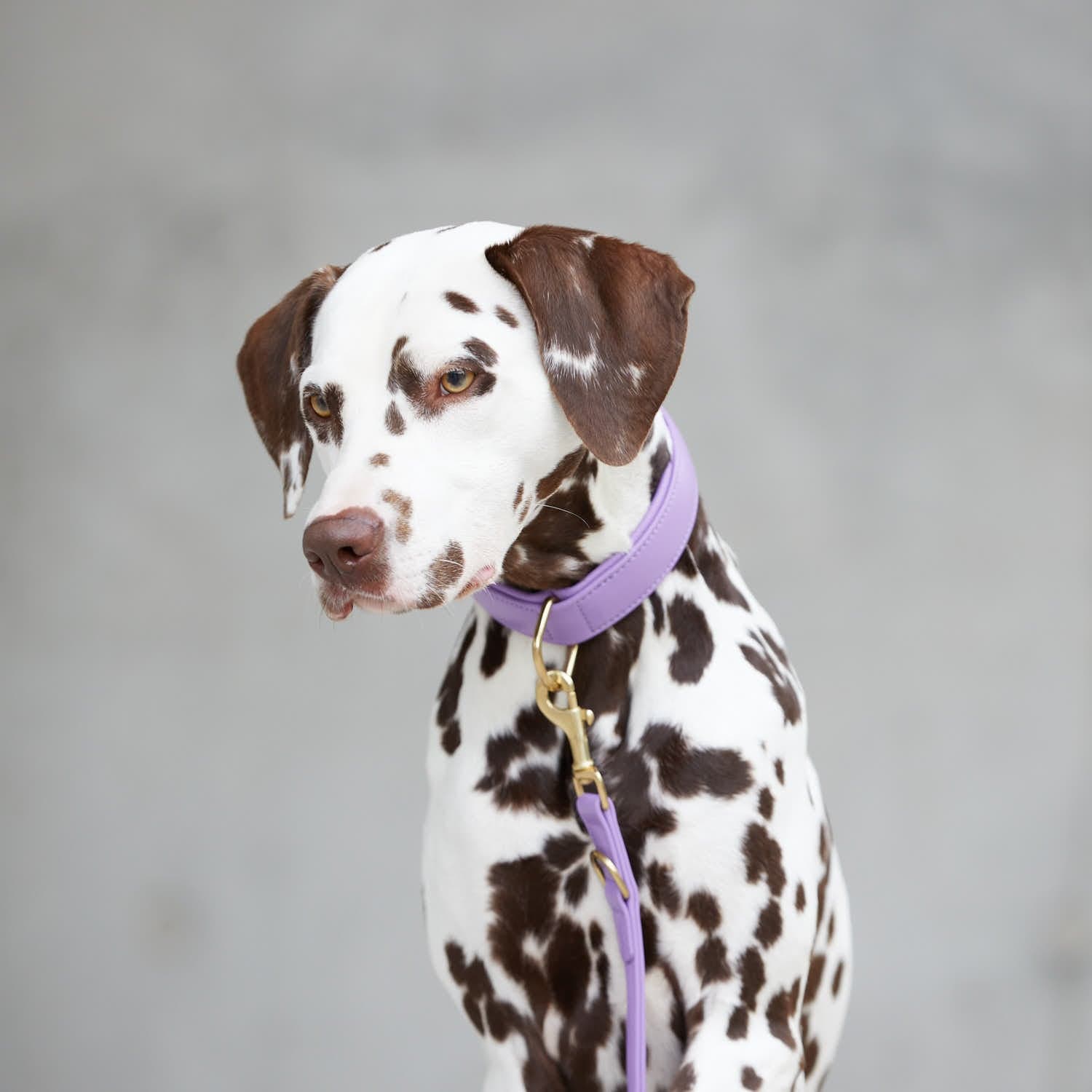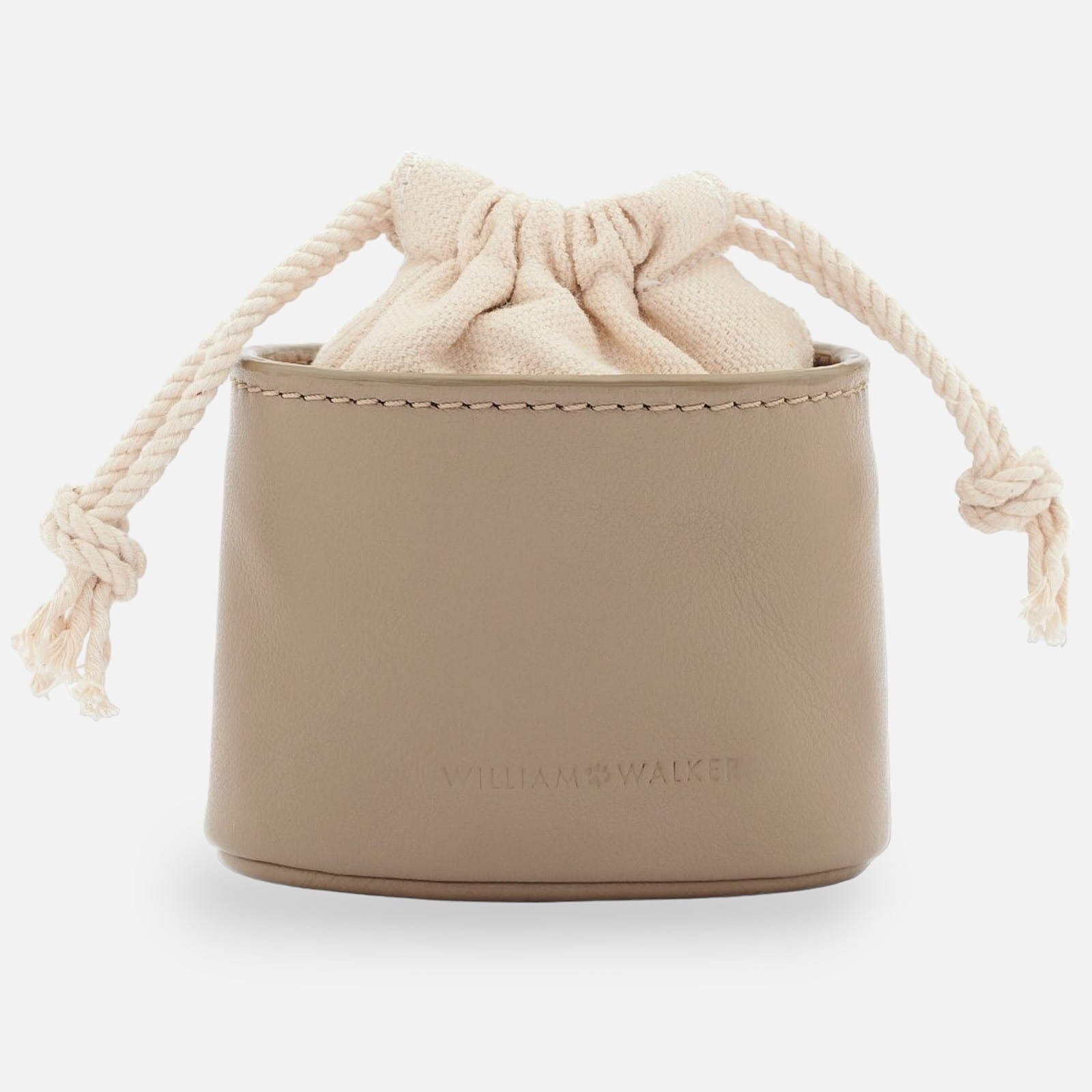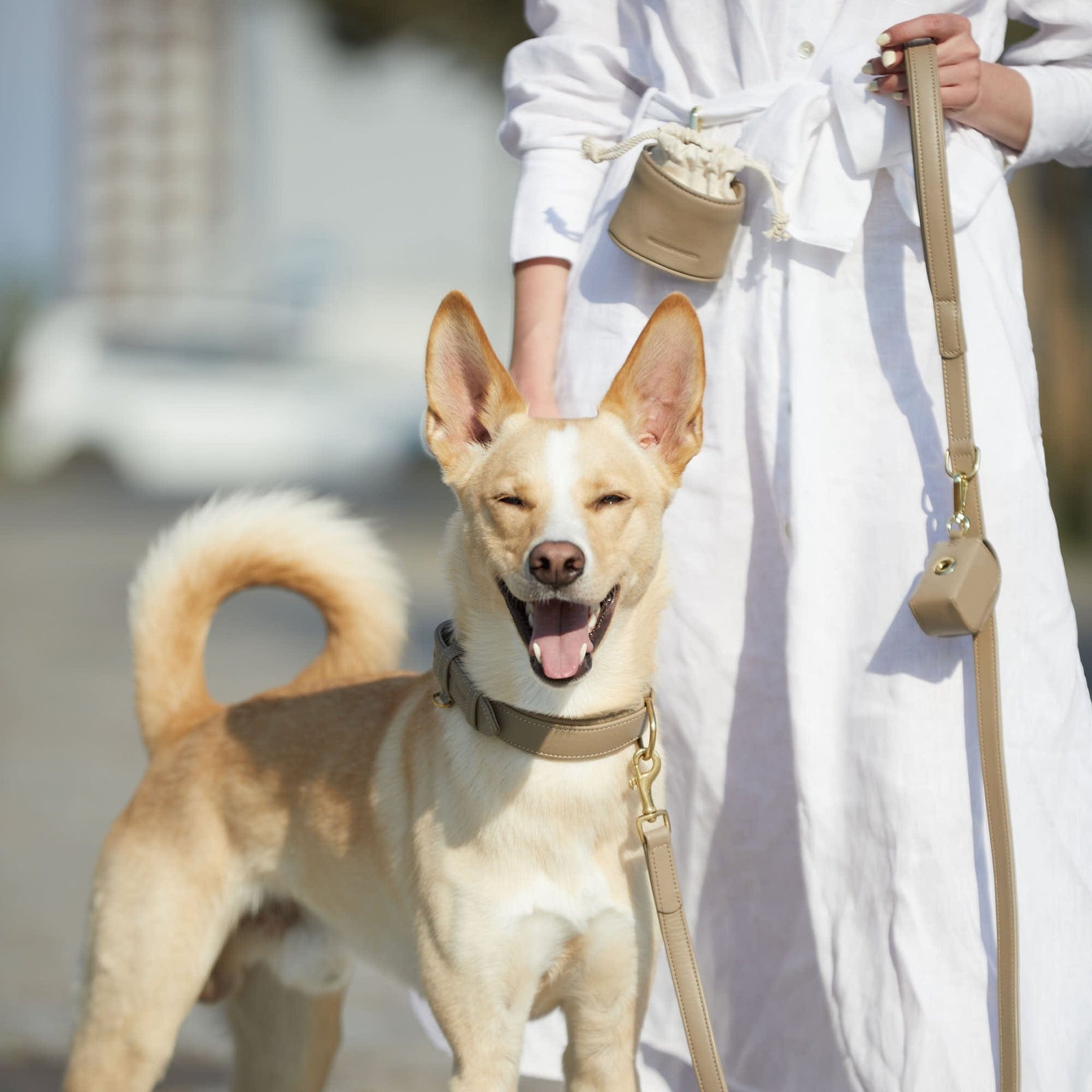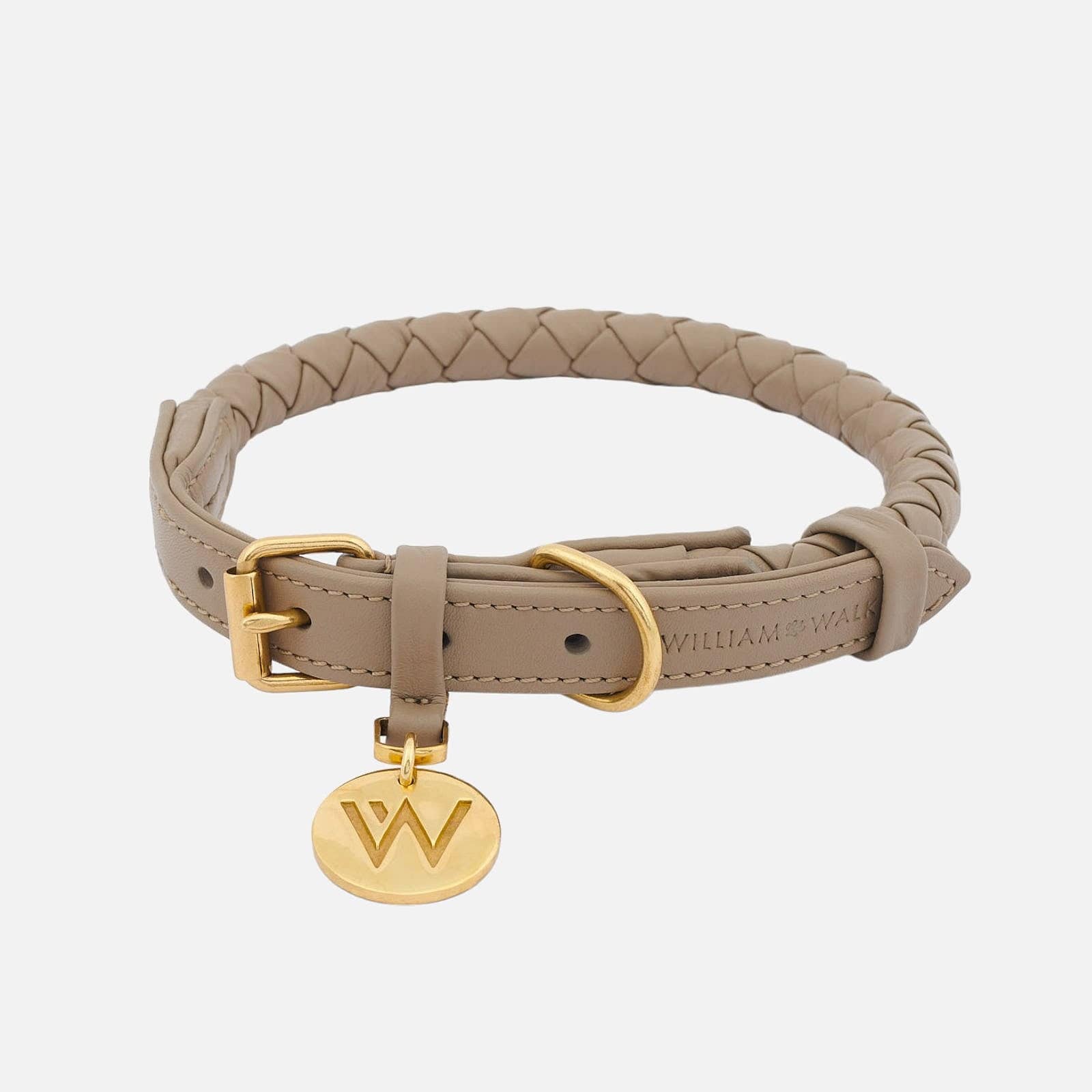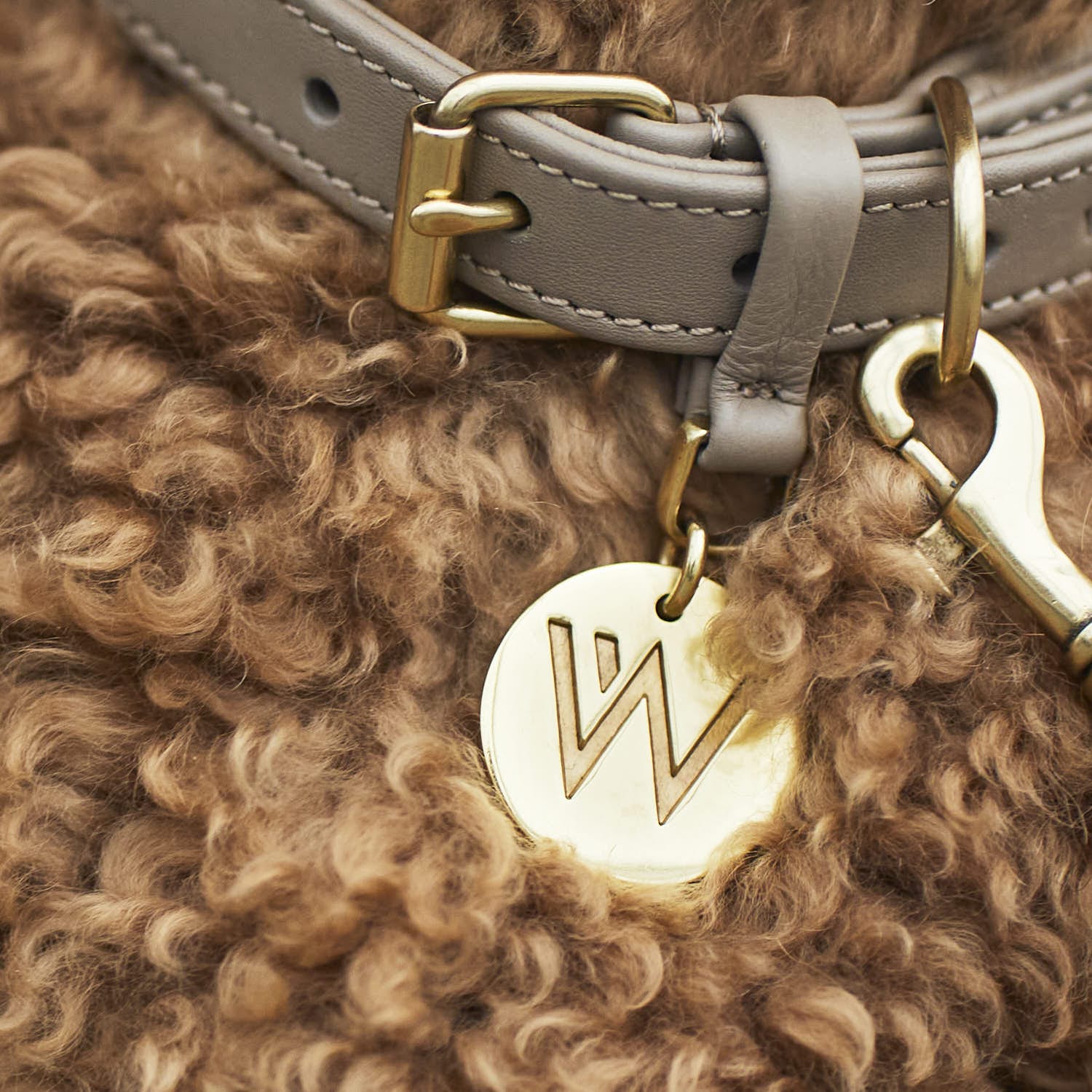House Training: A Guide for Puppy Owners
House training is one of the first and most important challenges that dog owners must face. A puppy brings a lot of joy but also the necessity for consistent house training. In this article, we will show you effective techniques to get your puppy house trained quickly and stress-free.
Why You and Your Puppy Will Love These Techniques:
• Stress-Free Methods: The techniques are gentle and promote a positive learning experience.
• Clear Instructions: Step-by-step guides help you proceed consistently and effectively.
• Builds Trust: A calm and loving approach strengthens the bond between you and your puppy.
Step-by-Step Guide to House Training:
1. Designate a Specific Area: Determine a specific area where your puppy is allowed to relieve itself. This can be a designated spot in the garden or a puppy pad indoors. A set location helps your puppy adapt to the rule more quickly.
2. Regular Toilet Breaks: Take your puppy to the designated spot regularly, especially after eating, sleeping, or playing. Puppies have small bladders and need to go out often. Regularity helps your puppy develop a routine.
3. Positive Reinforcement: Reward your puppy immediately when it goes to the right spot. Praise and small treats reinforce the desired behavior. Make sure to give the reward right after the toilet break so your puppy makes the connection.
4. Patience and Consistency: Patience is key when it comes to house training. Puppies make mistakes, and that’s normal. Stay calm and consistent in your training. Avoid punishing your puppy when an accident happens. Clean the accident site thoroughly to eliminate odors that may encourage your puppy to use the same spot again.
5. Set Feeding Times: Establish regular feeding times to regulate your puppy’s digestive rhythm. This helps you anticipate when your puppy needs to go out. Regular feeding makes it easier to plan toilet breaks.
6. Stay Dry at Night: To avoid nighttime accidents, take your puppy out just before bedtime. Ensure it has no access to water before sleeping to minimize the need for a nighttime toilet break.
7. Recognize Signals: Learn to recognize your puppy’s signals indicating it needs to go out. Frequent sniffing, circling, or restlessness are common signs. React quickly and take your puppy to the designated spot when you notice these signals.
8. Handle Accidents Properly: Accidents are inevitable and a natural part of the learning process. Clean the affected areas thoroughly with enzymatic cleaners that completely remove odors. This prevents your puppy from using the same spot again.
9. Create an Appropriate Sleeping Environment: Ensure your puppy’s sleeping area isn’t too large, so it doesn’t sleep in one area and relieve itself in another. An appropriately sized crate can help your puppy learn to keep its sleeping area clean.
10. Continuous Monitoring: Keep a close eye on your puppy, especially in the first few weeks. Always watch it so you can respond quickly when it shows signs that it needs to go out. Continuous observation reduces the number of accidents and speeds up the learning process.
House training your puppy requires patience, consistency, and a positive approach. With these effective techniques, you are well-equipped to help your puppy become house trained quickly. Remember that every dog learns at its own pace. Stay patient and celebrate every small success. Good luck with your puppy’s house training!
